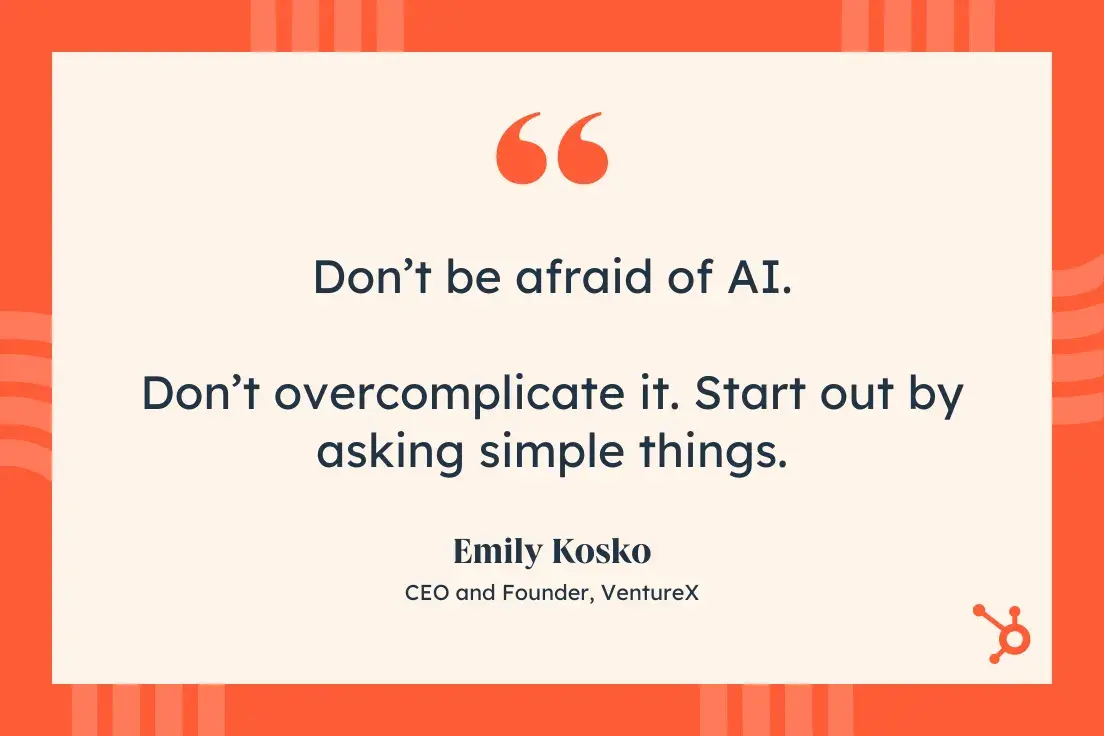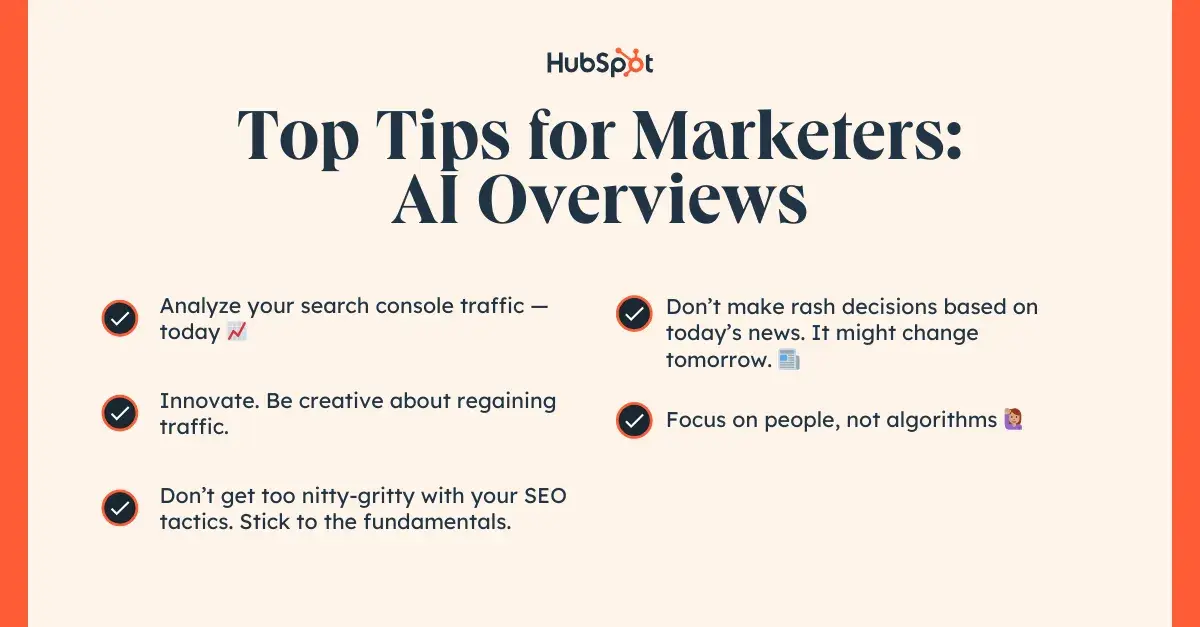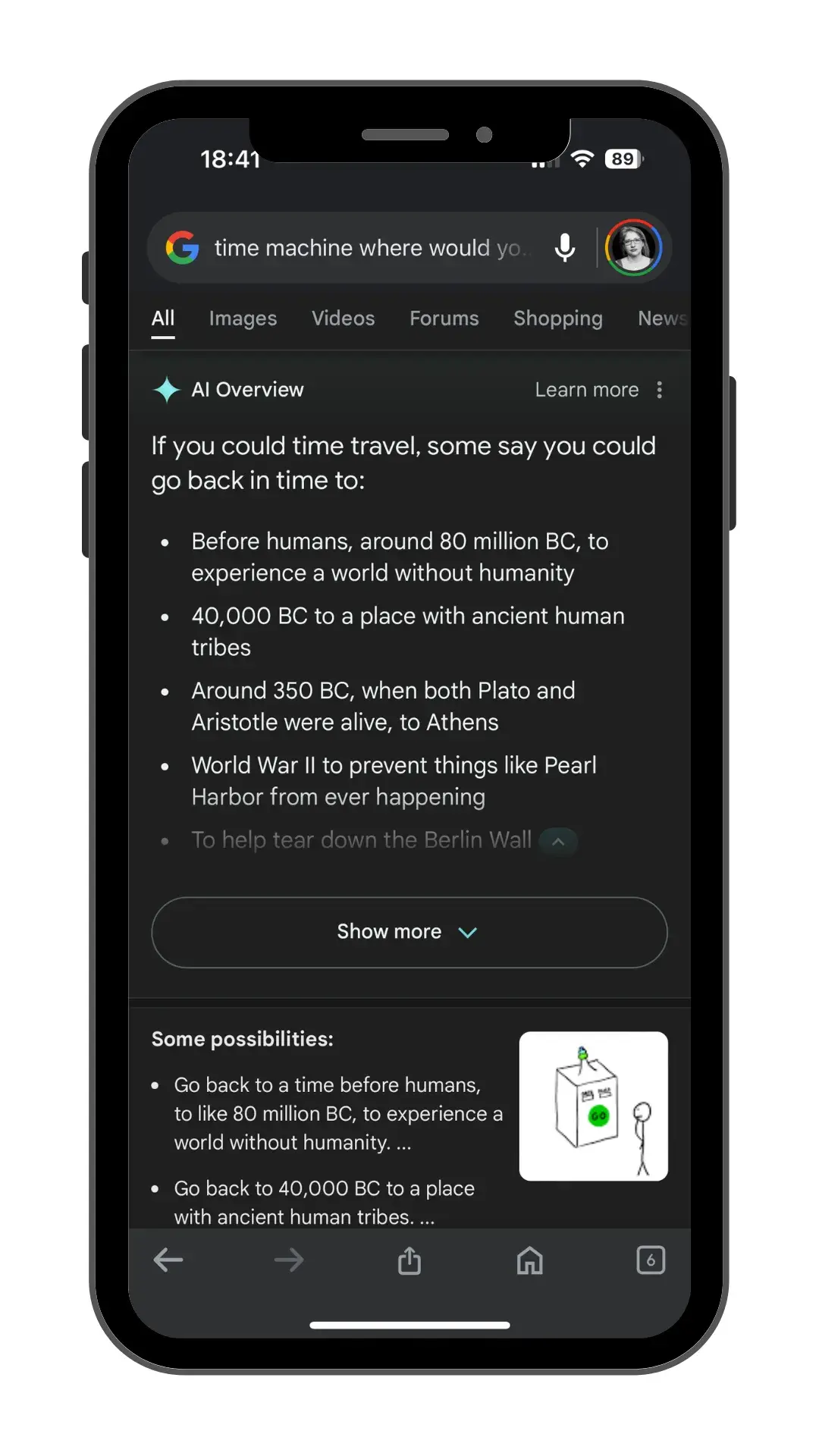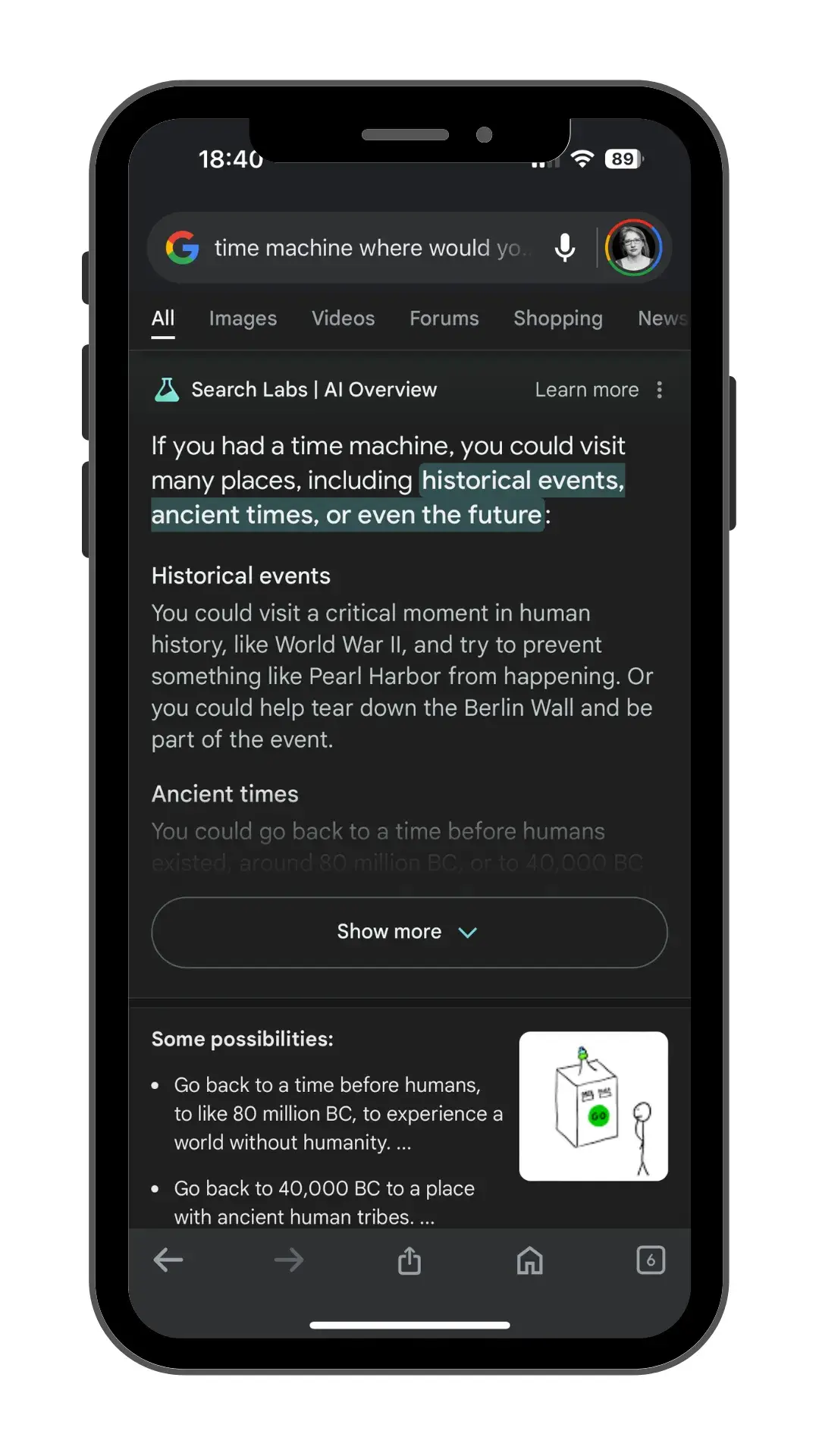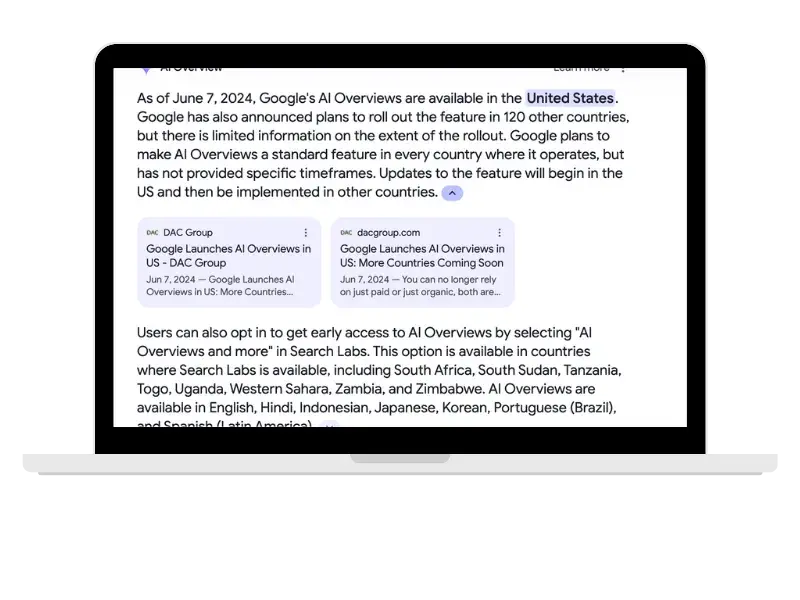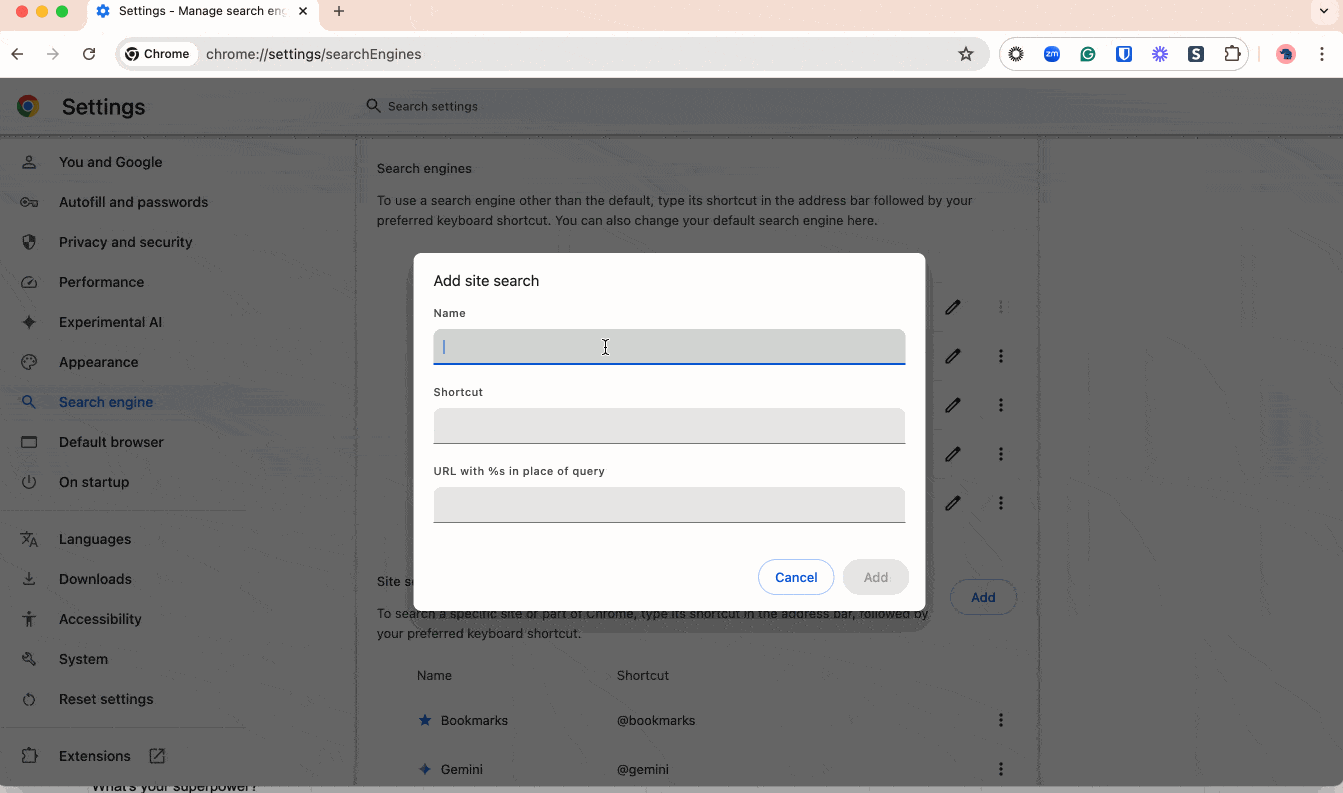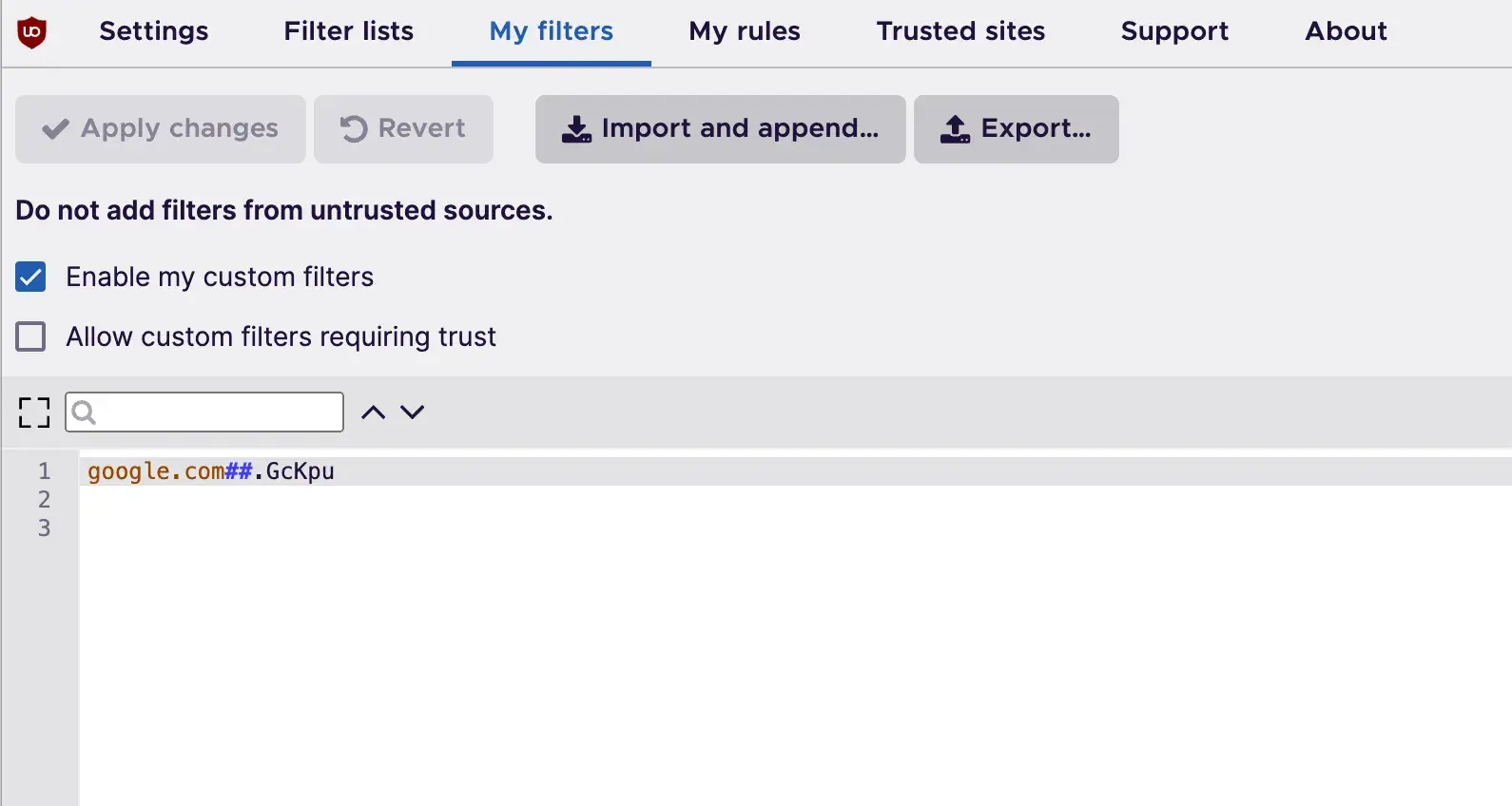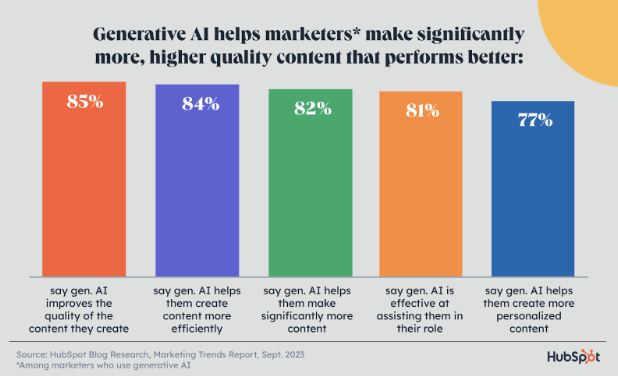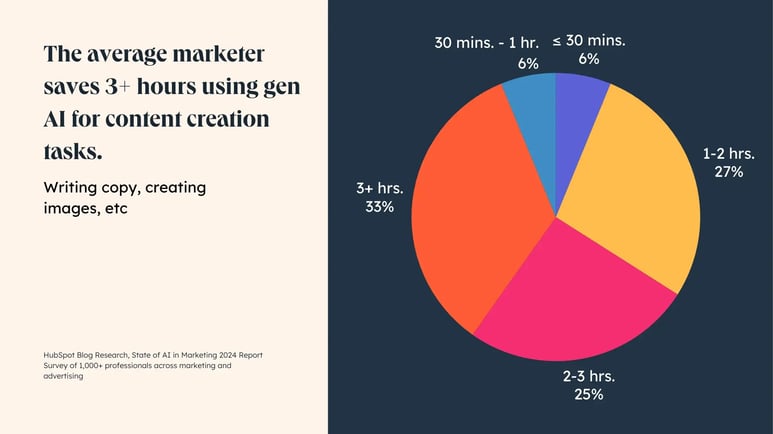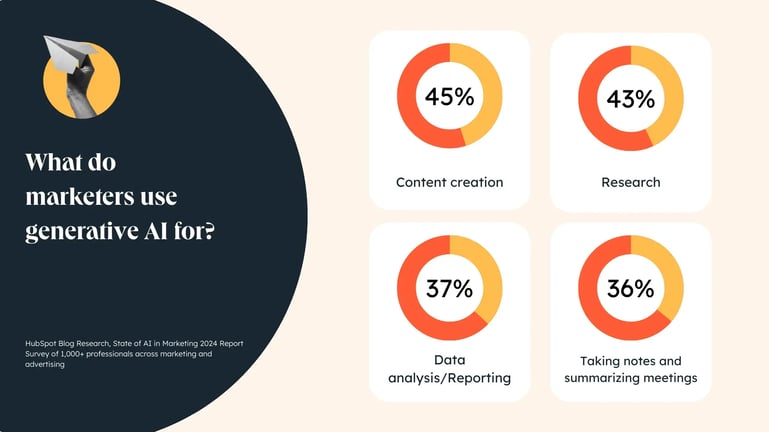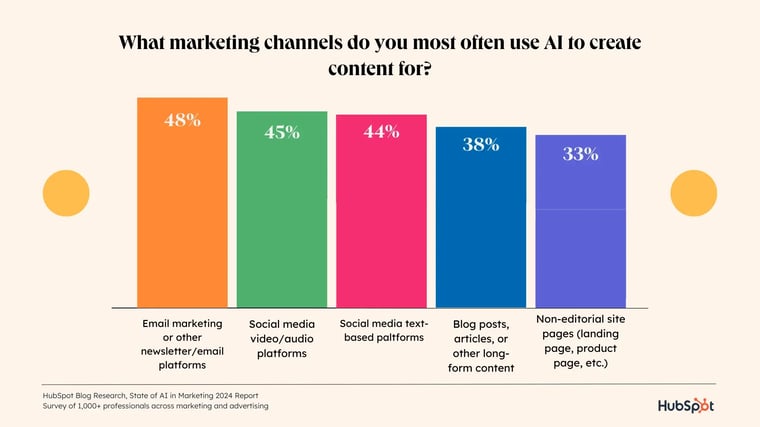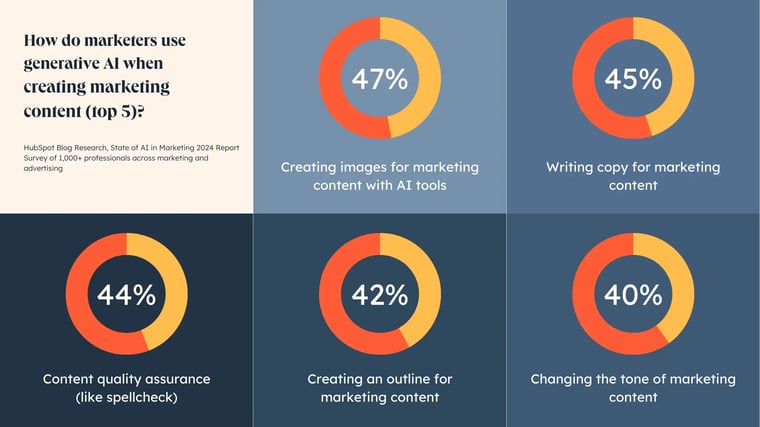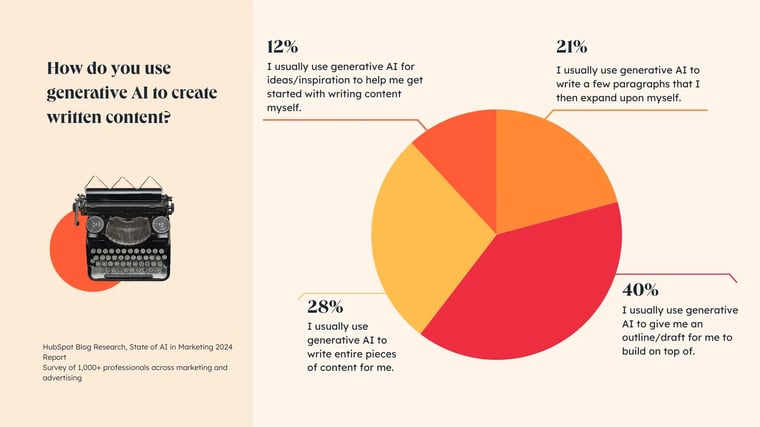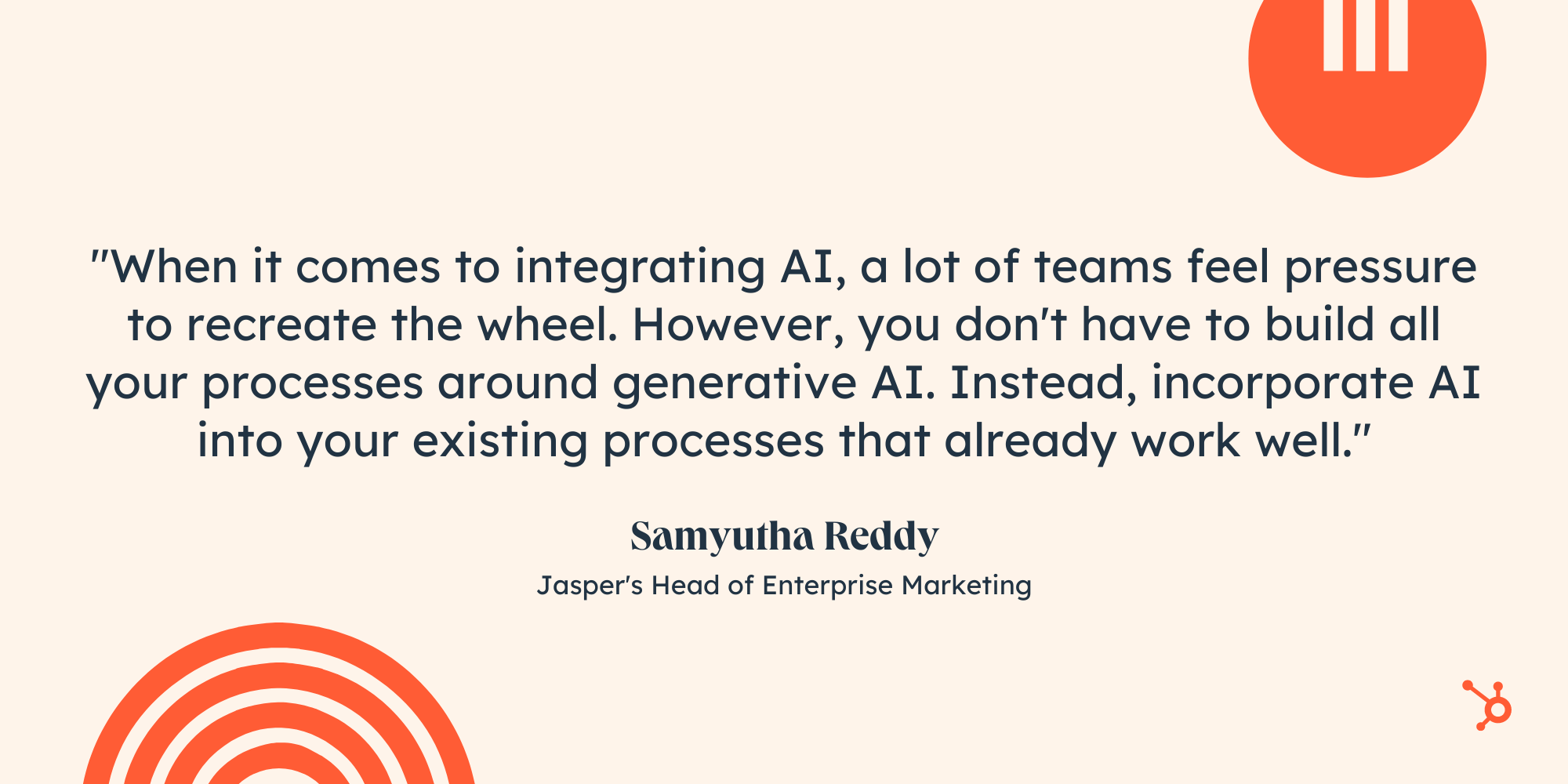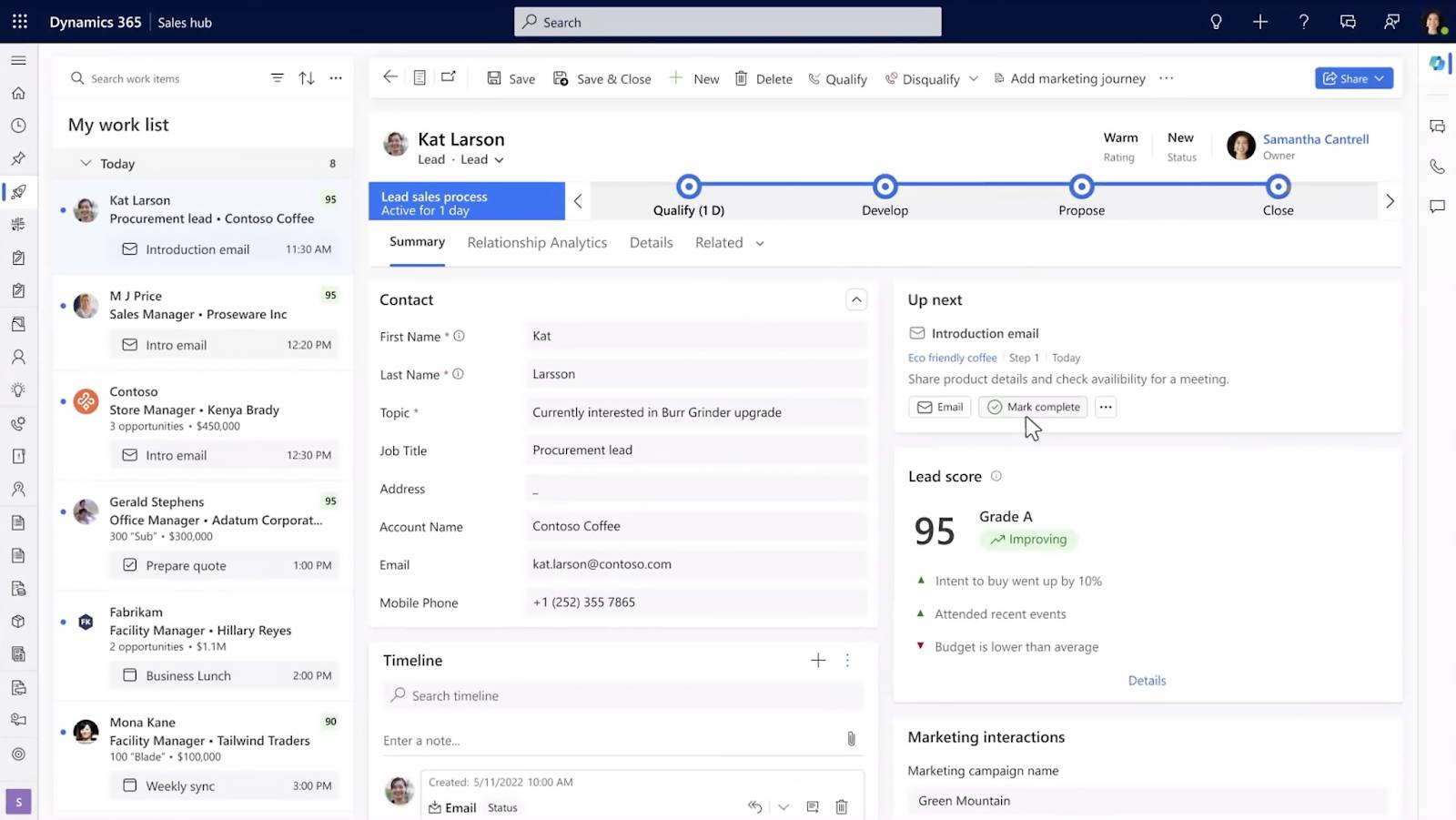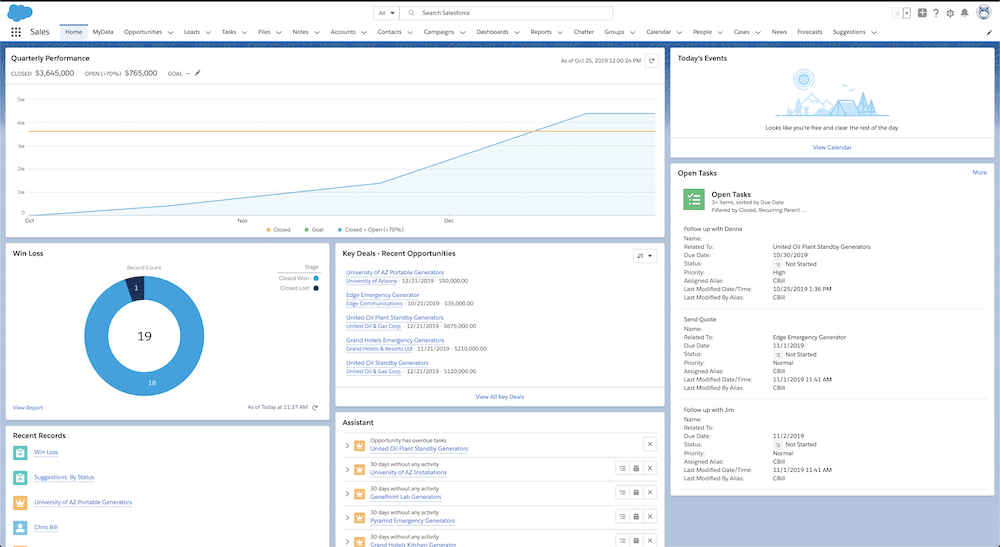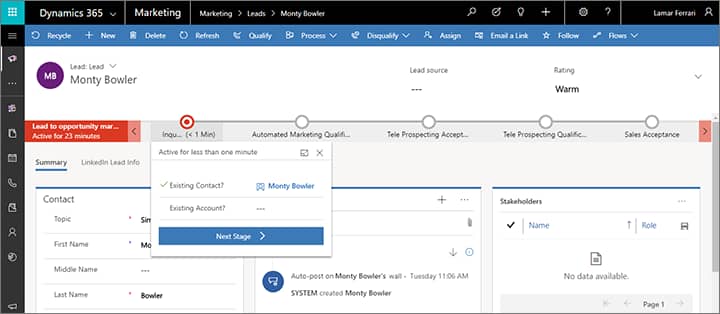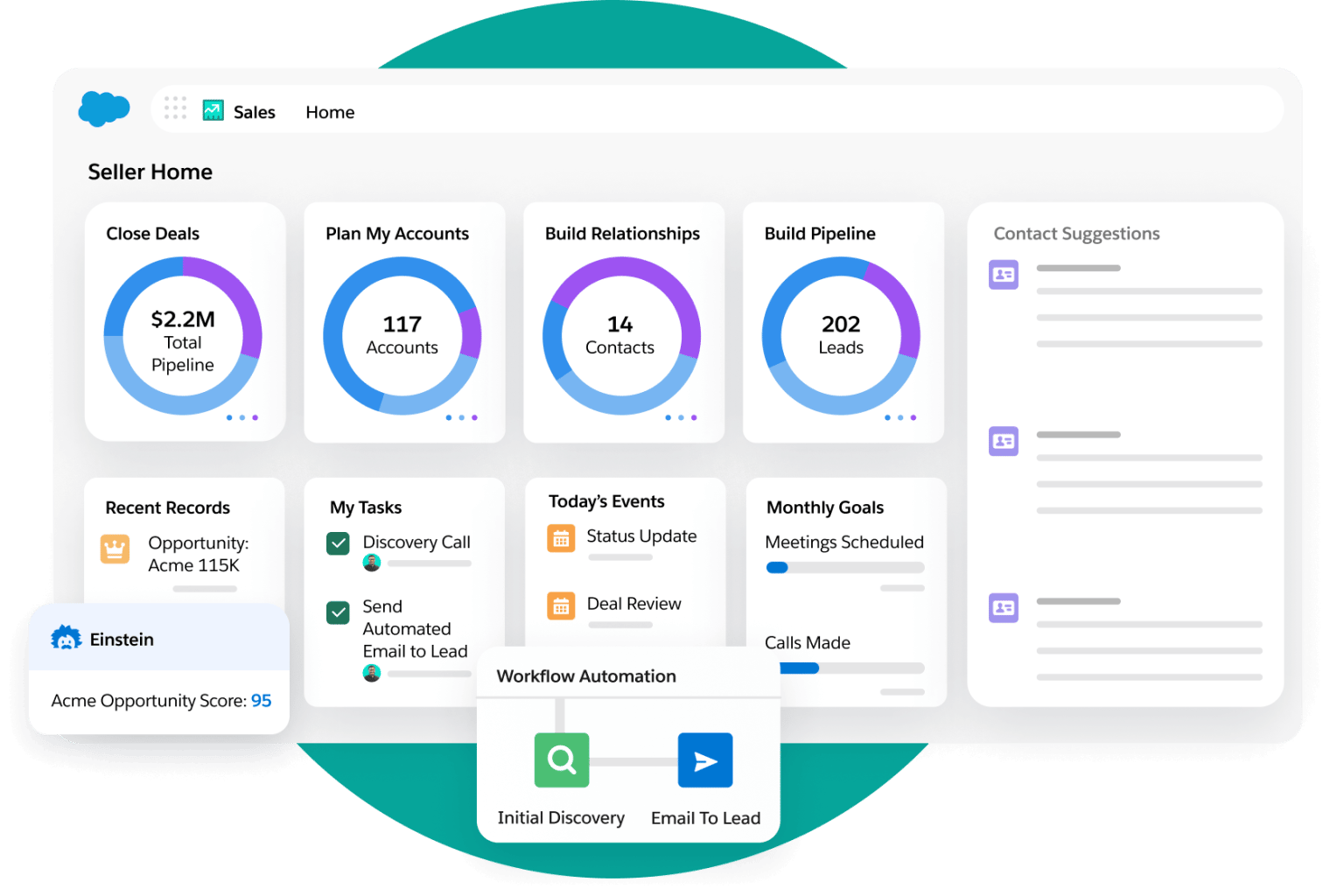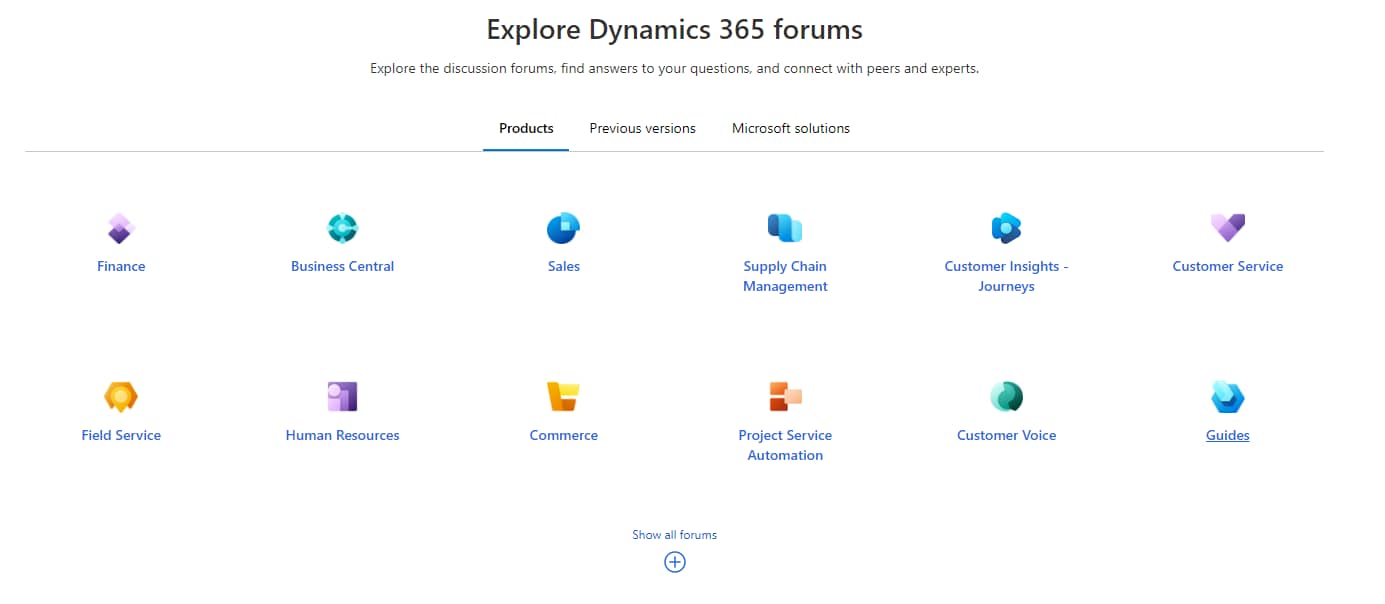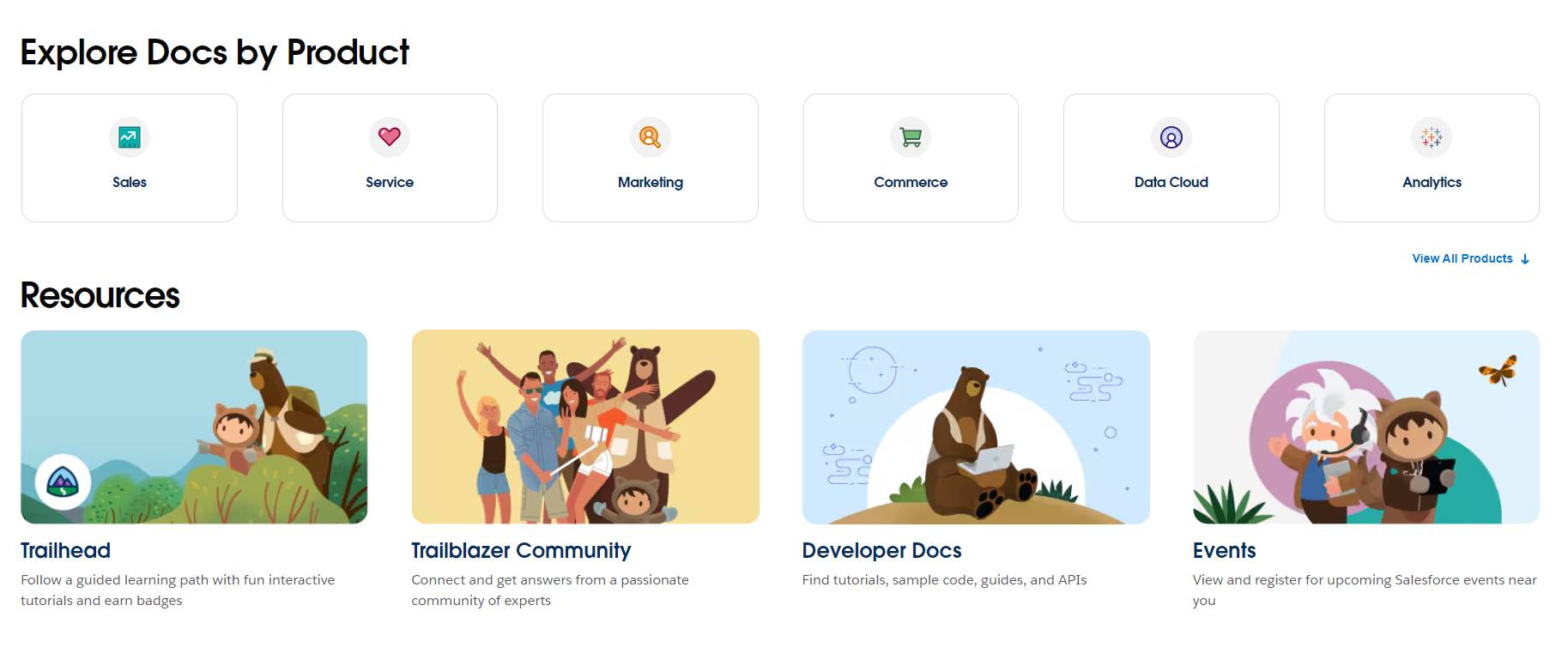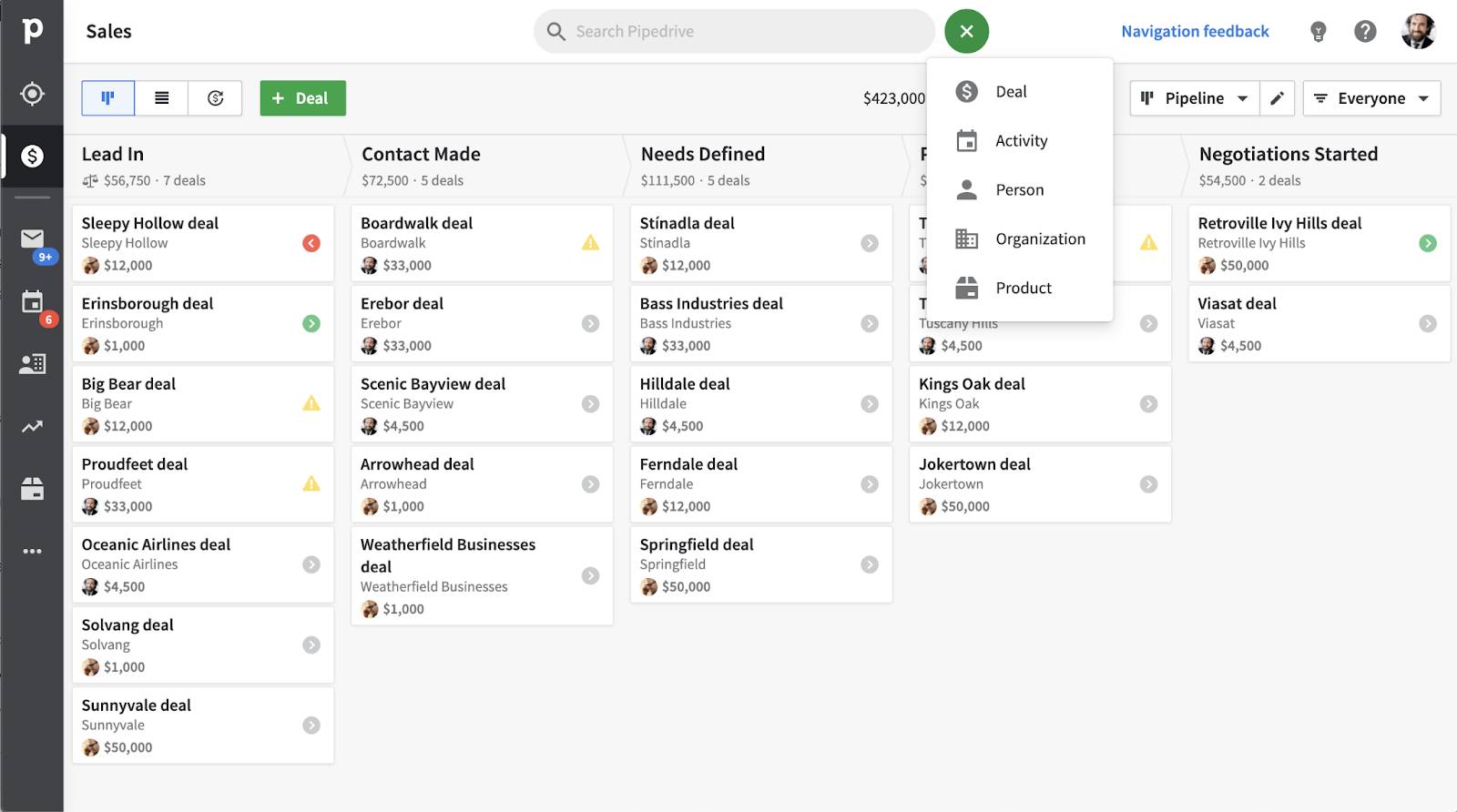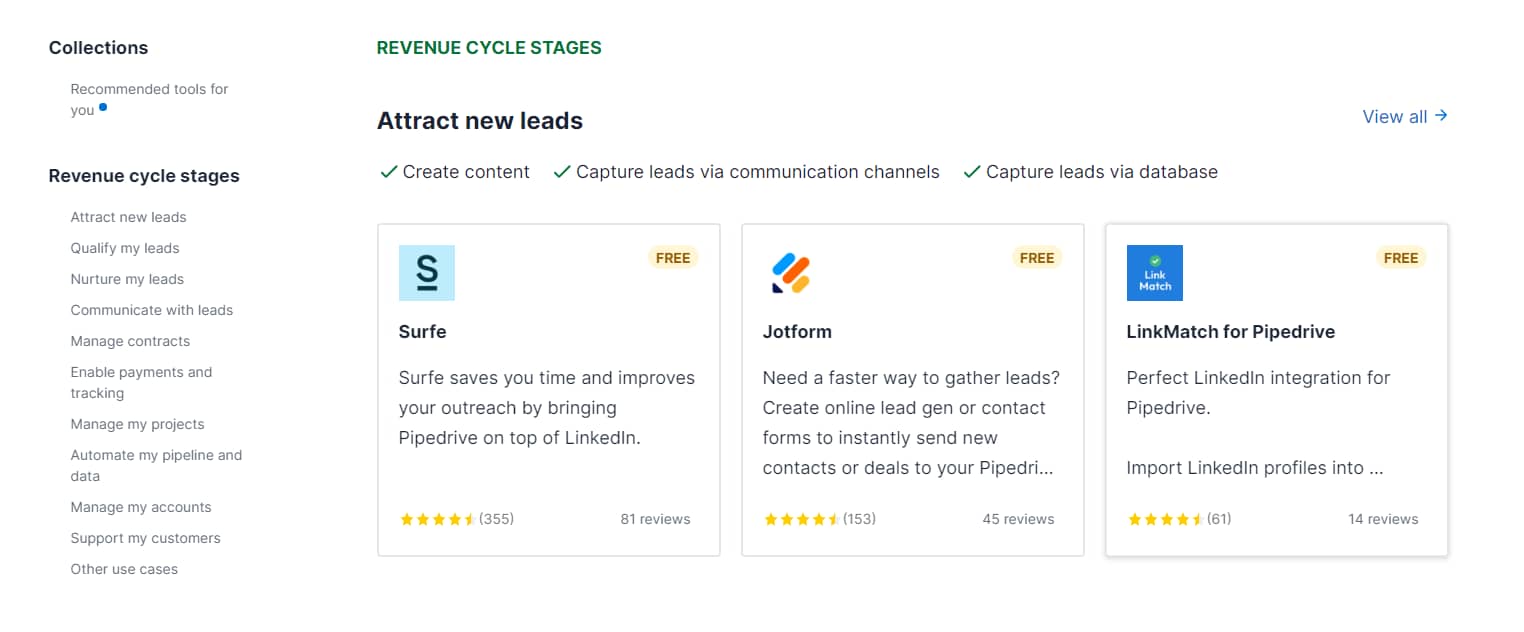Our view at Stack - Pipedrive is a robust CRM platform, offering automation, contact data collection, webhooks, AI-powered sales assistant, email communications, email marketing, and customisable sales pipeline workflows.
Effectively managing customer relationships is essential for success. Understanding the basic principles of customer relationship management (CRM) is essential to setting the foundation for stronger bonds with clients.
A CRM is more than just a software tool – it represents a strategic approach to engaging with customers throughout their journey. Familiarizing yourself with its key features can unlock numerous benefits for your business.
In this article, we’ll explore the fundamentals of CRM, including its functions, types, benefits and the vital role technology will play in its future.
What are the basics of CRM?
A CRM, or customer relationship management, is both a tool and a process. As a tool, it centralizes customer data and manages interactions like emails, calls and social media, streamlining processes, enhancing relationships and improving customer retention.
As a process, CRM involves strategies and practices that businesses use to manage and analyze customer interactions throughout the customer lifecycle. Key features of CRM tools include contact management, interaction tracking, lead management and workflow automation.
CRM systems provide insights into customer behavior, helping sales and marketing teams create personalized strategies, driving business growth and developing customer loyalty.
A CRM provides observations into the customer lifecycle, from lead acquisition to loyalty, helping tailor customer experiences. By collecting data on behavior and preferences, CRMs aid sales teams create efficient processes and help marketing teams craft effective campaigns.
Key features of CRM systems
Customer relationship management (CRM) systems are designed with an array of key features to improve communication and engagement between businesses and their clientele.
The cornerstone functionality of these systems includes:
-
Contact management. Centralizes customer data, including contact information, communication history and key details, ensuring it’s accessible to all relevant team members.
-
Interaction tracking. Records every interaction with existing and potential customers, from phone calls and emails to social media messages, providing a comprehensive interaction history.
-
Lead management. Captures, tracks and nurtures leads through the sales pipeline, increasing the probability of converting prospects into customers.
-
Email integration. Seamlessly connects with email systems, allowing users to send, receive and track correspondence from within the CRM platform.
-
Document management. Stores and shares crucial documents like contracts and proposals, keeping information secure yet available for collaboration.
-
Workflow automation. Automates repetitive tasks such as data entry and follow-up scheduling, enabling sales reps to focus on relationship-building and closing deals.
-
Reporting and analytics. Generates insightful reports and visual analytics on sales performance, customer interactions and campaign success, aiding critical decision-making.
-
Mobile access. Provides on-the-go access via mobile apps, ensuring the sales team can update and consult the CRM system from any location.
These features collectively enhance customer relationships, foster customer loyalty and drive sales cycle efficiency, ultimately contributing to a business’s success.
Types of CRM systems
CRM systems come in various types, each with its unique focus and functionalities tailored to different business needs. Below is a table that describes the core types of CRM systems:
| Type of CRM System | Focus | Functionality |
| Operational CRM | Sales, marketing and service | Streamlines daily operations such as sales automation, customer service tracking and marketing campaigns. |
| Analytical CRM | Data analysis | Analyzes customer data to provide insights into customer behavior, sales trends and business opportunities. |
| Collaborative CRM | Communication | Promotes information sharing across teams and departments to improve customer service and relations. |
| Strategic CRM | Long-term relationships | Focuses on establishing deeper connections with customers, fostering loyalty and building a robust customer base. |
Benefits of implementing a CRM
Implementing a CRM system brings multiple benefits to businesses. It centralizes customer data, making it easily accessible and improving team collaboration. CRM systems enhance customer relations by providing insights into customer behavior and preferences, allowing personalized interactions, which leads to increased customer satisfaction and loyalty.
Sales and marketing teams benefit from optimized processes, as CRMs automate repetitive tasks and provide tools for tracking leads and managing pipelines. Marketing teams can craft more effective campaigns using data-driven insights from CRM analytics. Additionally, CRMs improve customer service by offering a comprehensive view of customer interactions, enabling quicker and more efficient responses.
Pipedrive, a leading CRM solution, exemplifies these benefits with its user-friendly interface, robust feature set and comprehensive support. With Pipedrive, businesses can simplify operations and boost sales productivity.
CRM systems drive revenue growth by increasing sales productivity, improving customer retention and providing valuable business insights. By implementing a CRM, businesses can optimize operations, build stronger relationships with customers and achieve long-term success.
Following CRM best practices and effective CRM onboarding ensures your team can fully utilize these features. Implementing a CRM system is crucial, as 70% of salespeople say it is “very important” for closing deals.
How to choose the right CRM software
Choosing the right CRM software involves evaluating several key factors to ensure it aligns with your company’s needs and goals. Begin by identifying the primary challenges your company faces in managing customer relationships. Selecting a CRM tailored to address these specific issues is essential.
An intuitive interface is paramount for ease of use, as it ensures that your team can adopt the software with minimal training. Customization is another vital aspect, as CRM should be flexible enough to easily fit your business processes and workflows.
Scalability is also important. Your CRM of choice must be able to grow with your business, accommodating an increasing number of users and expanding data over time. Integrating existing systems, such as email marketing, accounting or e-commerce platforms, is a requirement to create a cohesive workflow.
Mobile access is a significant feature to consider. A mobile-friendly CRM allows you to access data and manage customer interactions in real time, regardless of location. Comprehensive support and training resources from the provider will help your team maximize the software’s potential.
Evaluate the upfront fees and long-term expenses, considering the total cost of ownership, as cost is always a consideration. Security features, including data encryption and access controls, are vital to protect your sensitive customer information.
Lastly, you should carefully research the vendor’s reputation. Look for feedback on their reliability, customer service and longevity in the market. Additionally, consider any awards the vendor has received, as these accolades can be a strong indicator of their excellence and industry recognition.
By carefully considering these factors, you can select a CRM that meets your current needs and supports your business’s growth and evolution.
Recommended reading

How to choose the right CRM solution for your team
Overcoming CRM implementation challenges
Implementing a CRM system can revolutionize a company’s approach to customer interactions, but it comes with its own set of challenges. Here are some of them:
-
User adoption. One of the primary obstacles is getting staff on board. Employees often resist change, especially if they don’t understand how the new system benefits them. Pipedrive’s intuitive interface and comprehensive training resources make user adoption smoother and reduce resistance.
-
Data quality. Many companies struggle with migrating data from old systems to the new CRM, leading to issues with data quality. Pipedrive’s robust data migration tools maintain data quality during transitions.
-
Integration. Compatibility issues often arise, making it challenging to create a seamless workflow. Pipedrive ensures seamless integration with existing systems, reducing compatibility issues.
-
Customization and flexibility. Tailoring the CRM to meet the company’s specific needs while balancing standardization and flexibility across different departments can be challenging. Pipedrive offers extensive customization options to fit specific business needs.
-
Management support. A lack of engagement and vision in aligning the CRM strategy with overall business goals can hinder progress. Pipedrive’s clear alignment with business goals promotes strong management support.
-
Costs. The initial investment and ongoing maintenance of a CRM system can be significant. Additionally, hidden costs related to customization and integration can add up quickly. Pipedrive’s transparent pricing helps users manage costs effectively.
-
Scalability. You might outgrow your CRM system quickly, meaning you will have to make additional adjustments and investments. Pipedrive’s scalable solutions ensure the CRM grows with the business.
Recognizing and addressing these challenges allows companies to better navigate the complexities of CRM implementation and fully leverage its potential benefits
Recommended reading

How to build a CRM strategy that boosts revenue (with real-world examples)
The future of CRM: the impact of AI
AI is already transforming CRM. When combined with a CRM, AI helps businesses gain deeper customer behavior insights, enabling personalized interactions, enhanced experiences and increased loyalty. By processing large data volumes, AI provides actionable insights, aiding better decision-making with highly personalized recommendations.
AI also boosts efficiency by automating repetitive tasks, freeing sales teams to focus on strategy and customer service. Tools like chatbots and virtual assistants improve customer service with 24/7 support, while predictive analytics enhances sales forecasting and lead scoring. Integrating AI into CRM enables businesses to anticipate customer needs, helping them forge deeper relationships and a more responsive management strategy.
Pipedrive leverages AI to further enhance its capabilities. For instance, Pipedrive’s AI-powered sales assistant analyzes data from past deals to predict future outcomes, helping sales teams make more informed decisions and optimize their strategies.
AI integrations also automate multiple administrative tasks, such as data entry and follow-up reminders, reducing sales teams’ workload and allowing them to concentrate on building customer relations and closing deals.
Recommended reading

AI vs. IA: How to tell the difference
Final thoughts
Understanding and implementing CRM systems can significantly improve any business. By centralizing customer data, automating repetitive tasks and providing insightful analytics, CRMs help businesses enrich their customer relationships and drive growth. The integration of AI further amplifies these benefits, offering deeper insights and improved efficiency.
Pipedrive stands out as a comprehensive CRM solution that addresses common implementation challenges with its user-friendly interface, robust training resources and seamless integration capabilities.
By leveraging AI and offering customizable, scalable options, Pipedrive ensures that businesses can meet their current needs and adapt and grow in an ever-evolving market. Investing in the right CRM equips businesses with the right tools to achieve sustained success.
Get organized with your free sales pipeline excel template
Looking for a more streamlined way to manage your sales? Download this free sales pipeline template and test it out now.
If Pipedrive is of interest and you'd like more information, please do make contact or take a look in more detail here.
Credit: Original article published here.











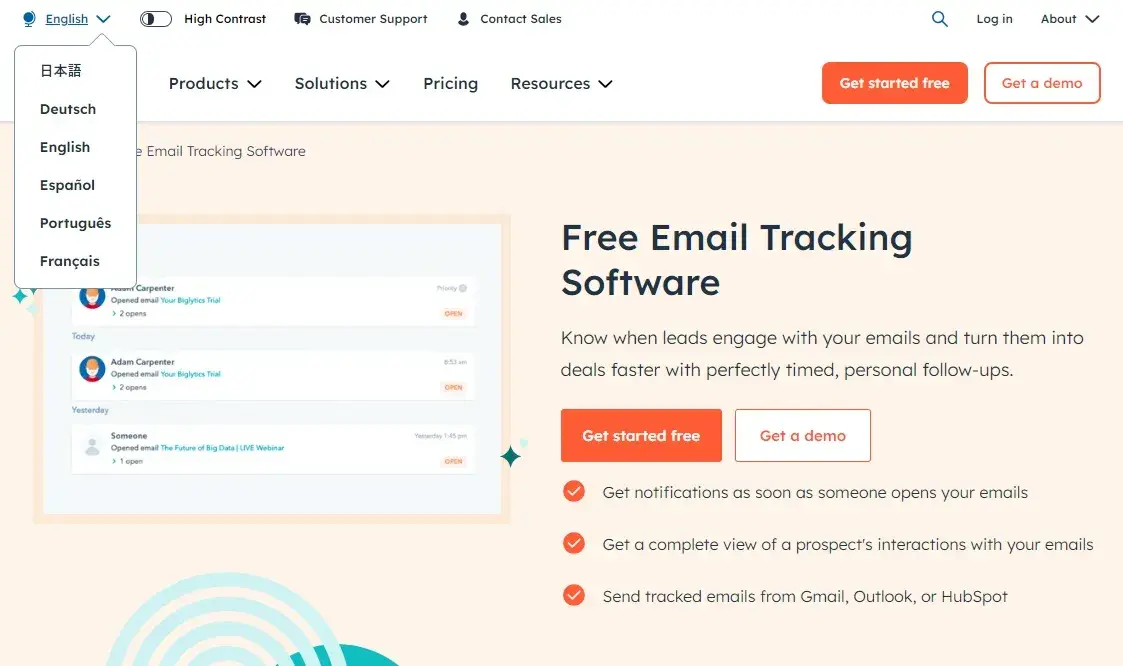








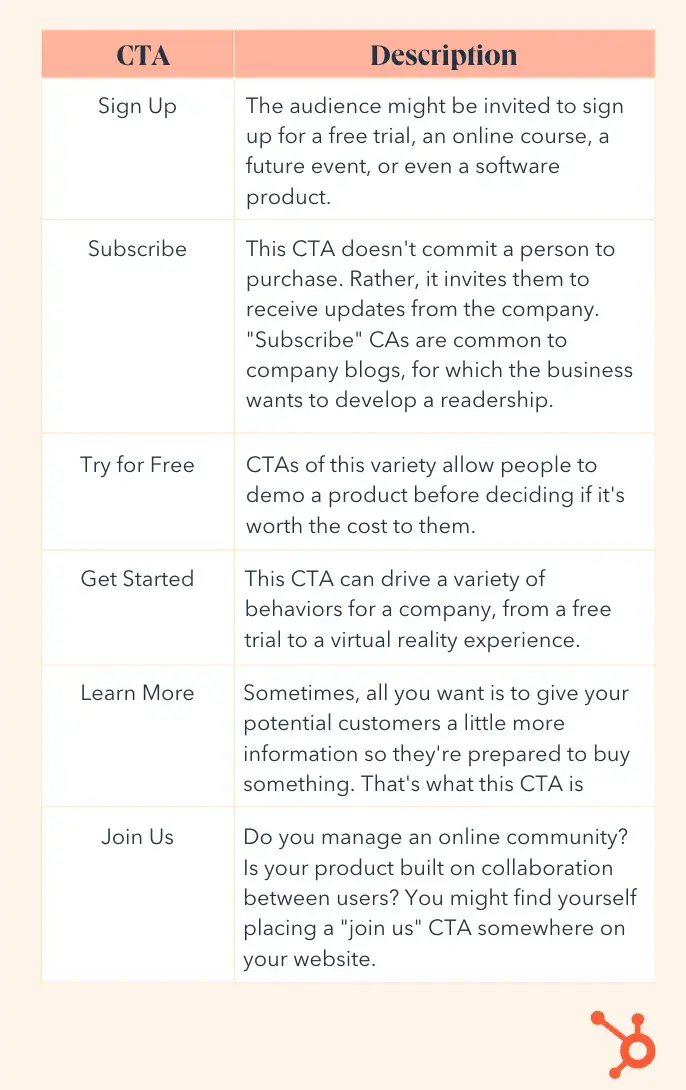
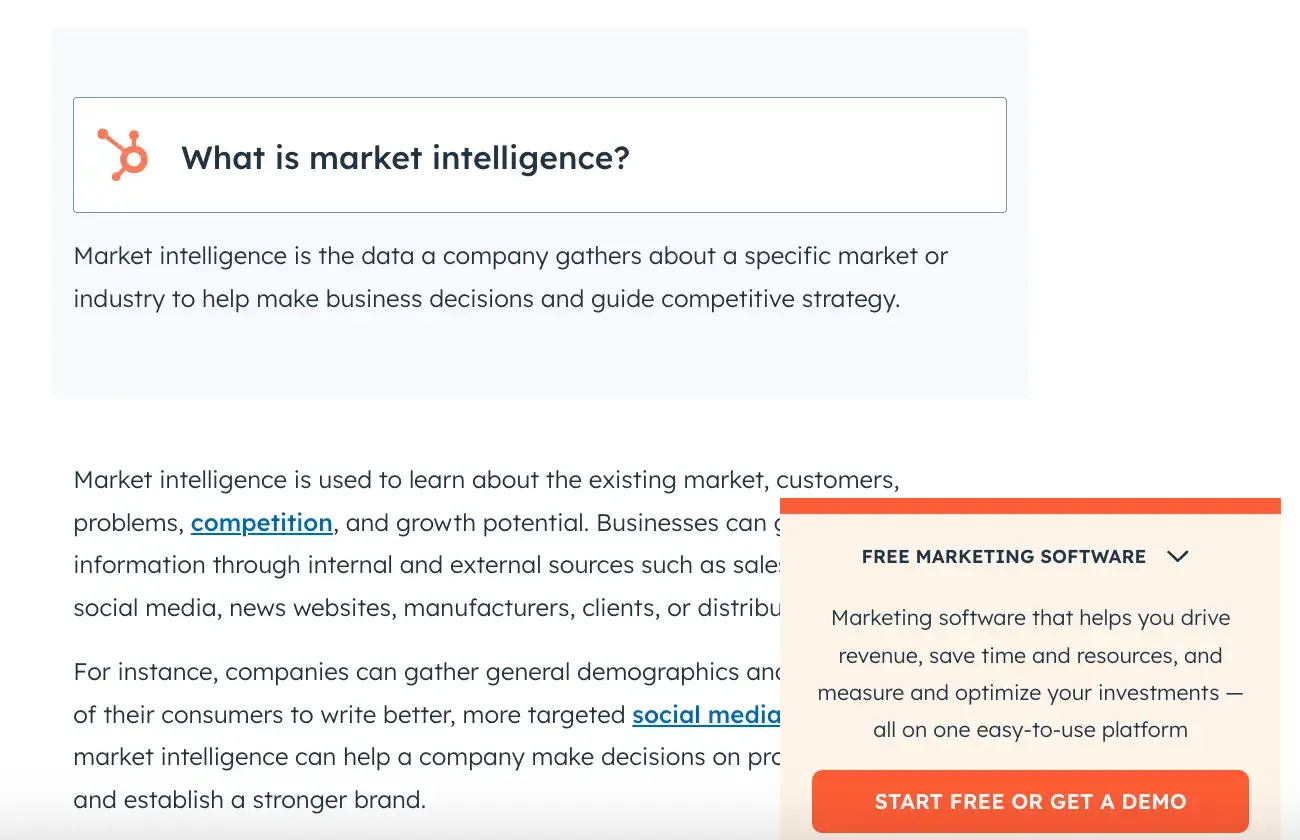


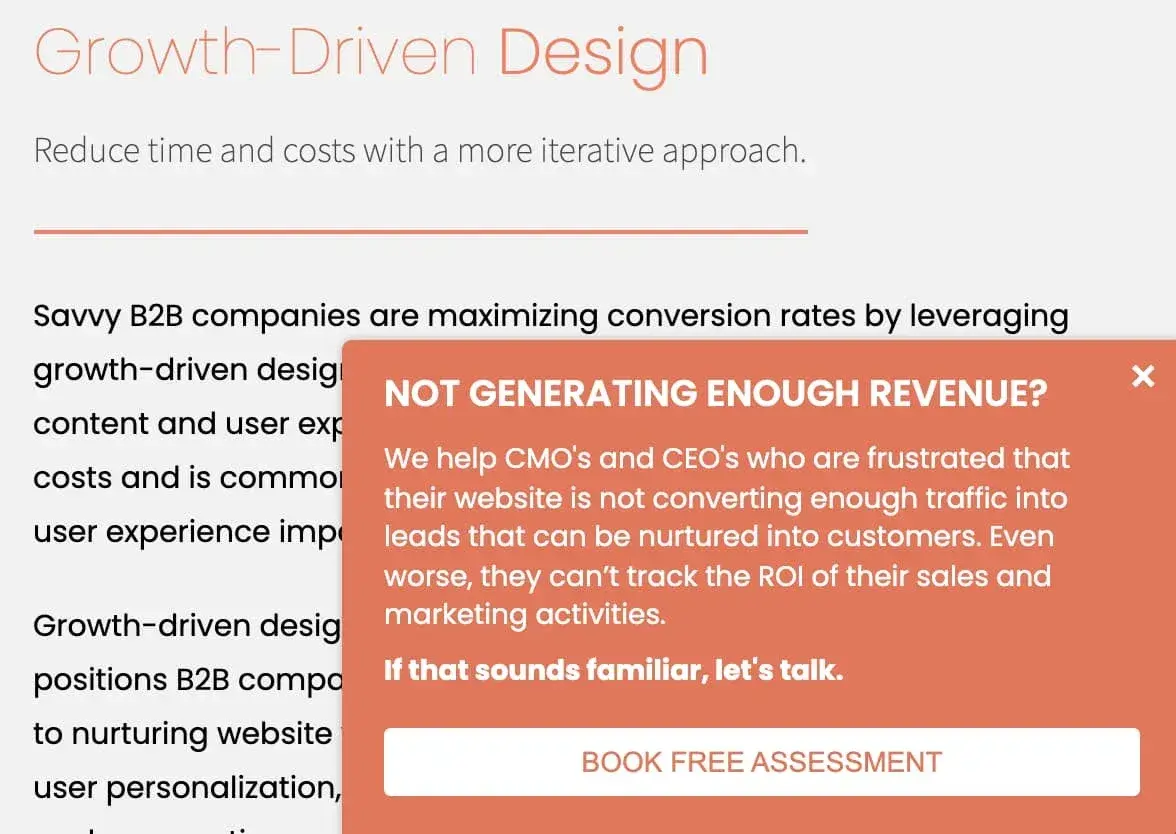




















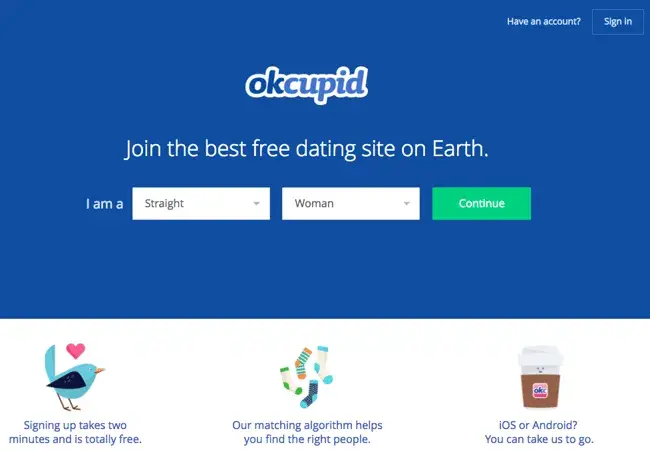



























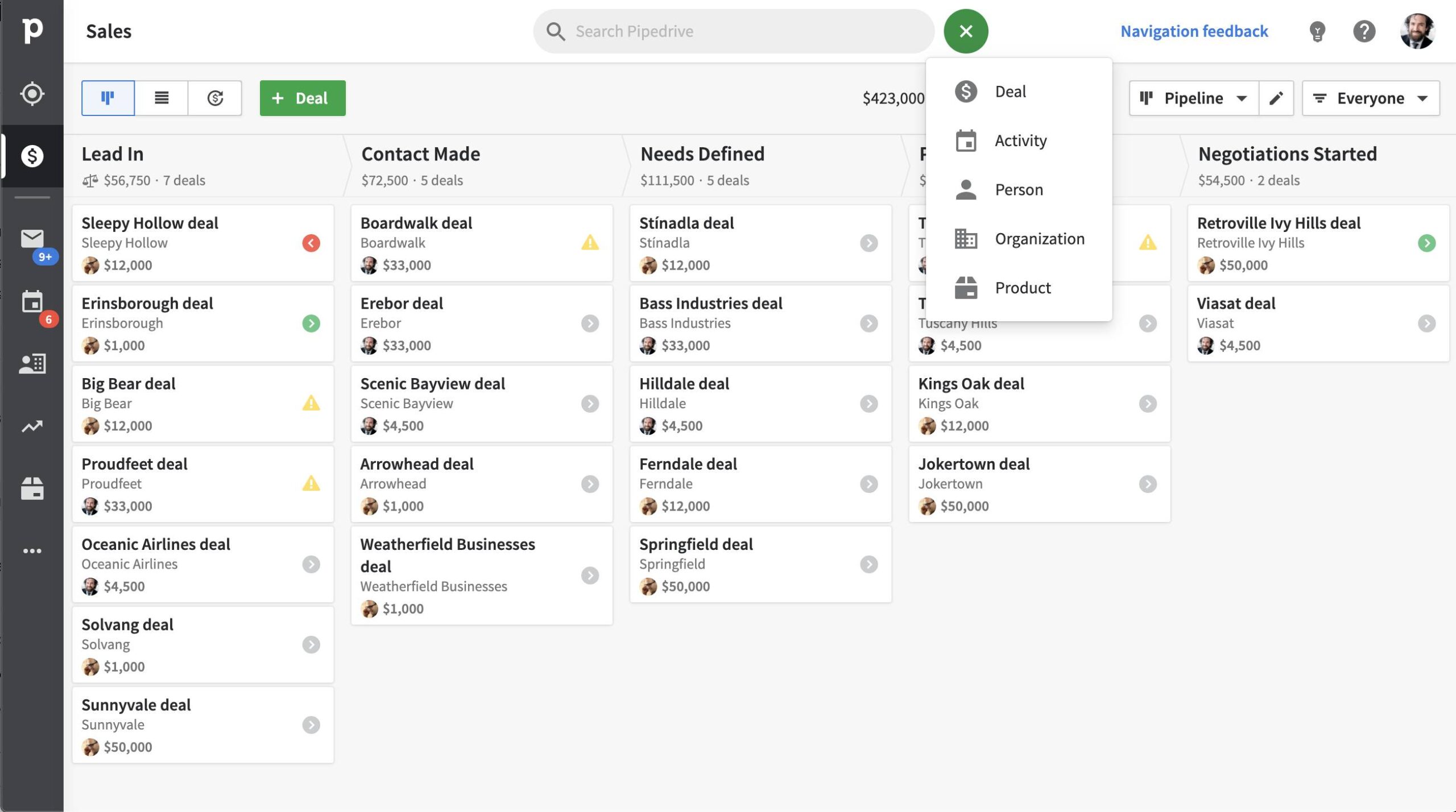
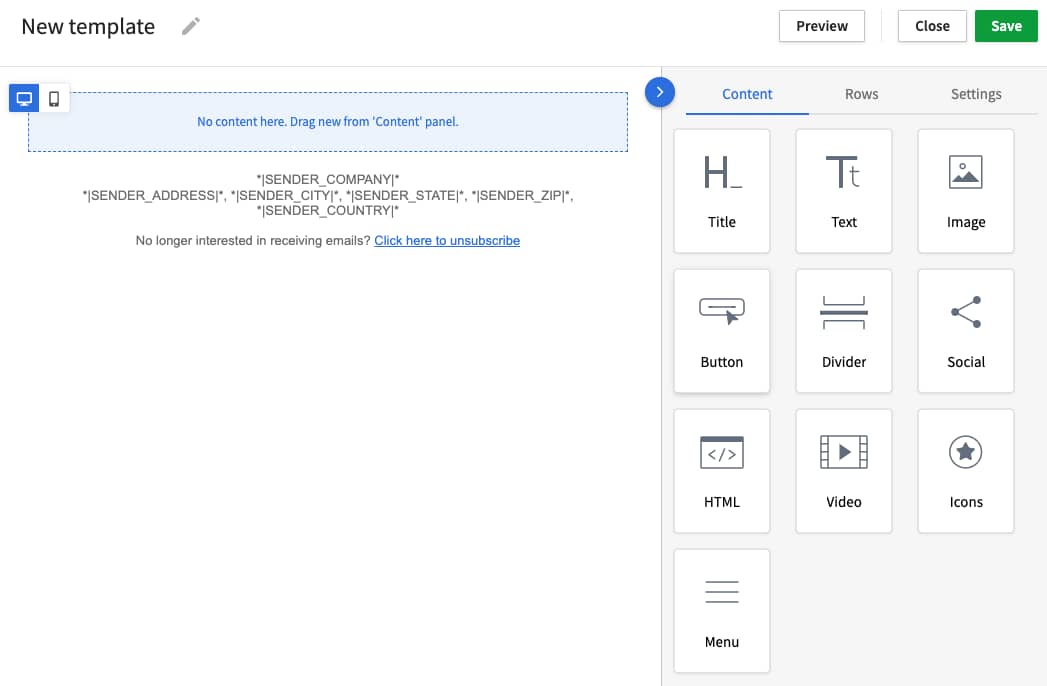
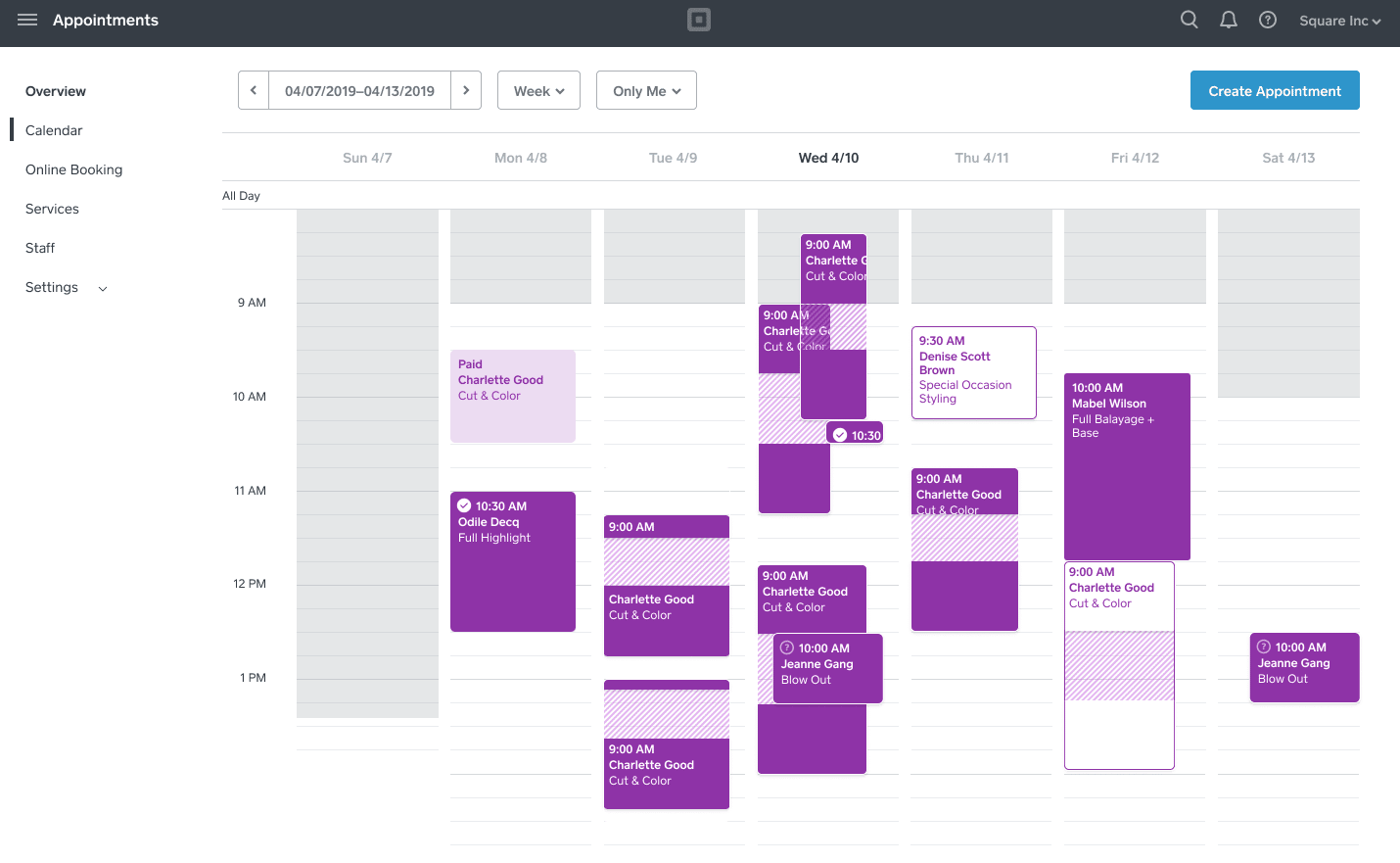
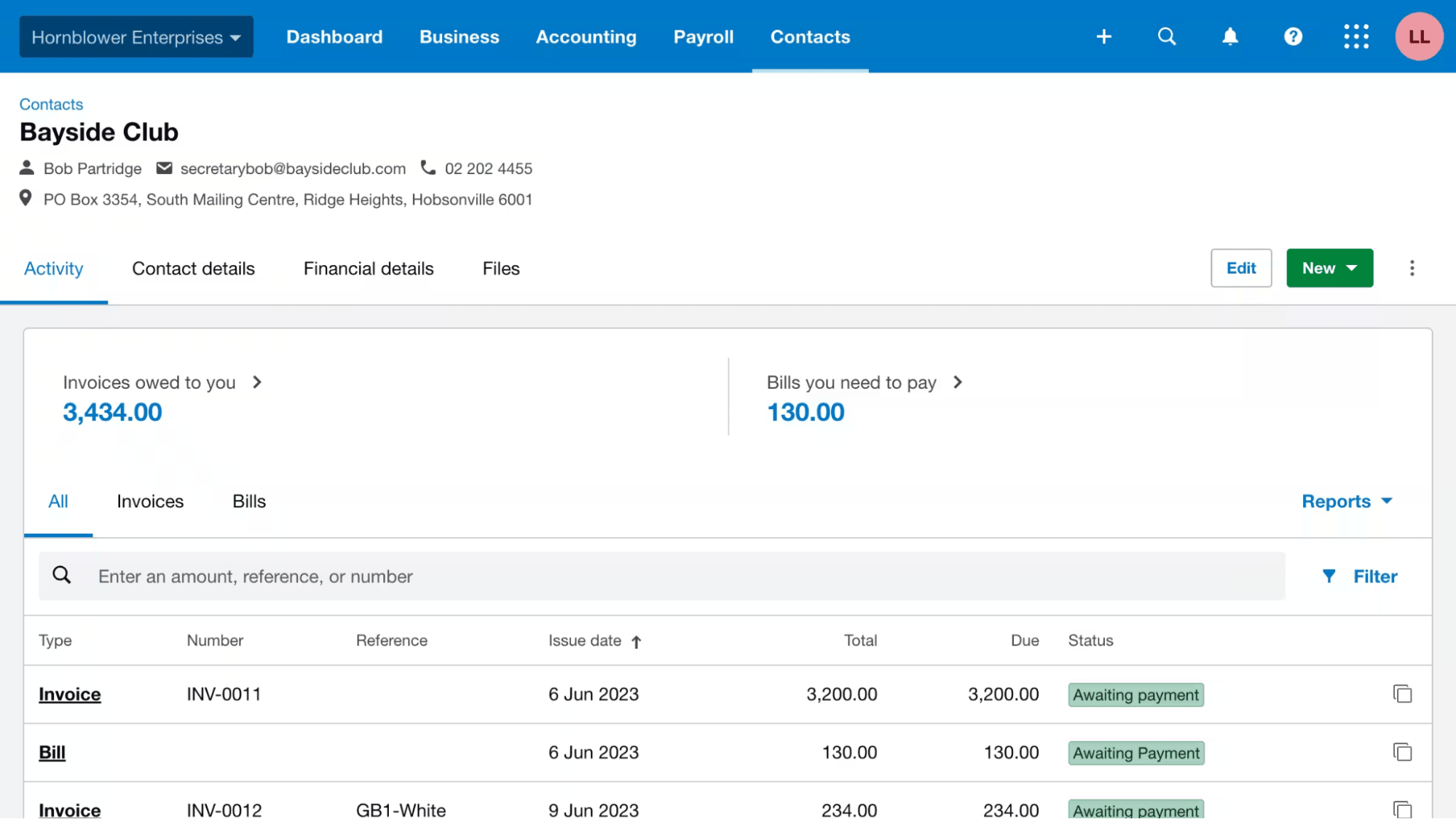
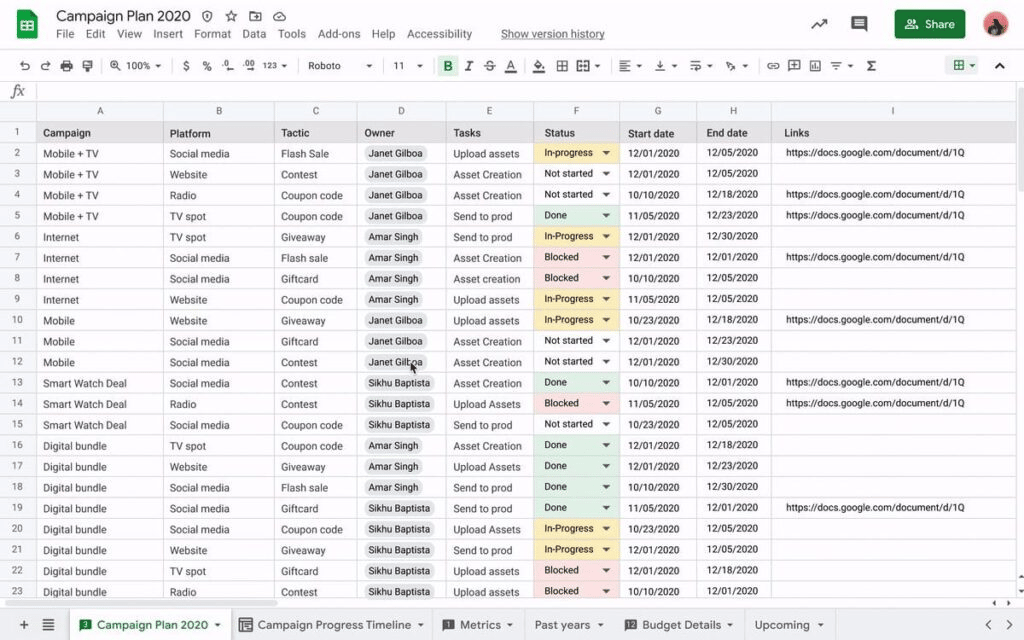
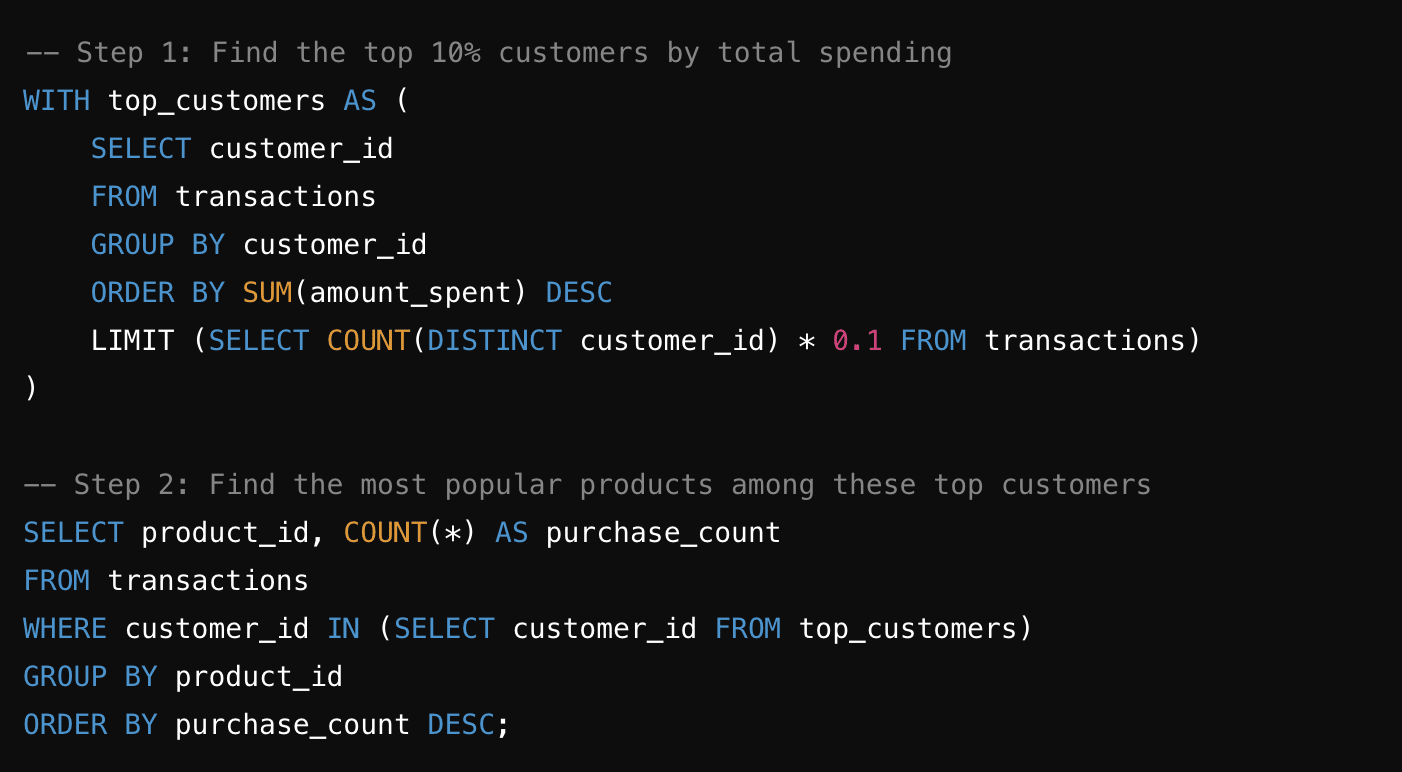





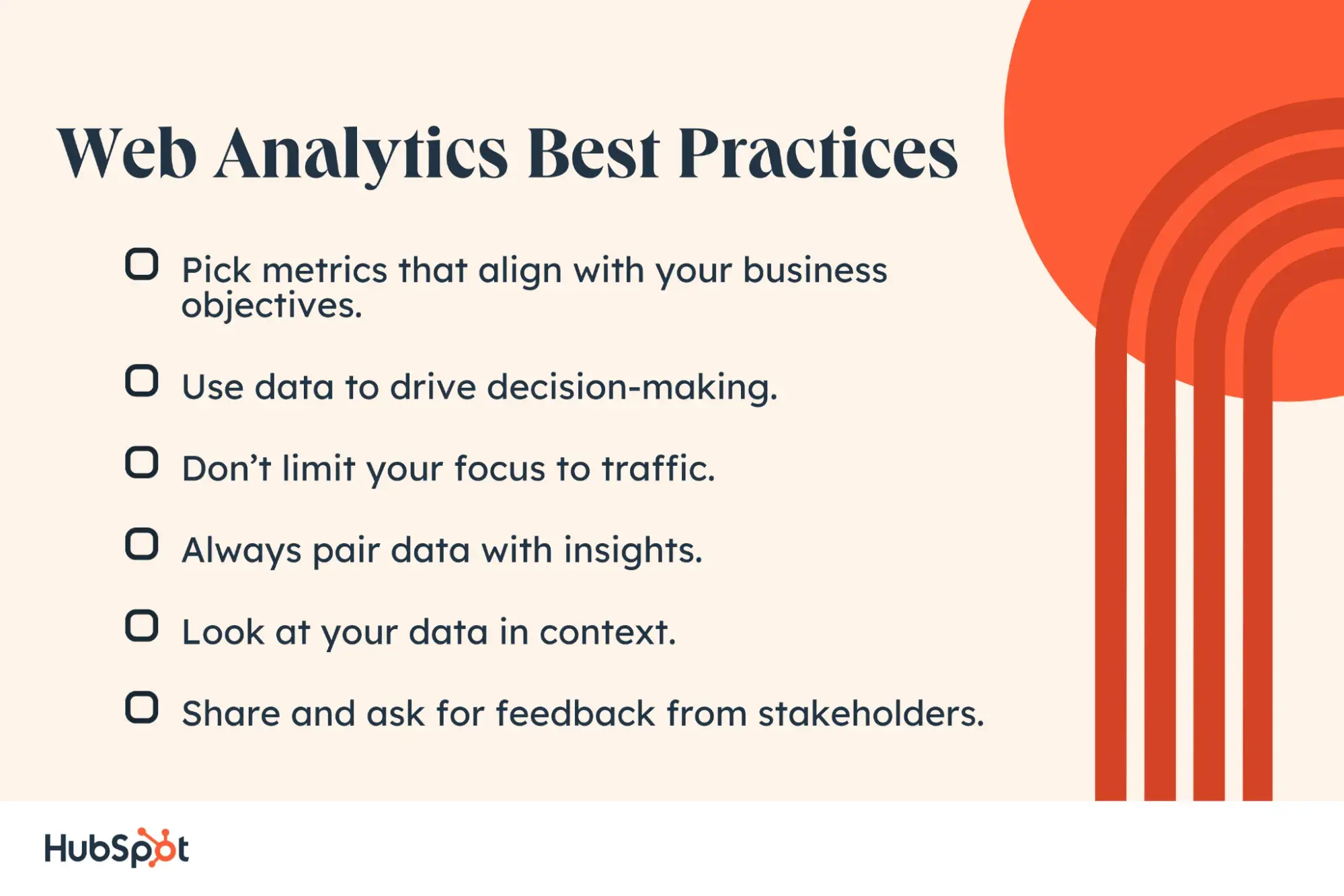
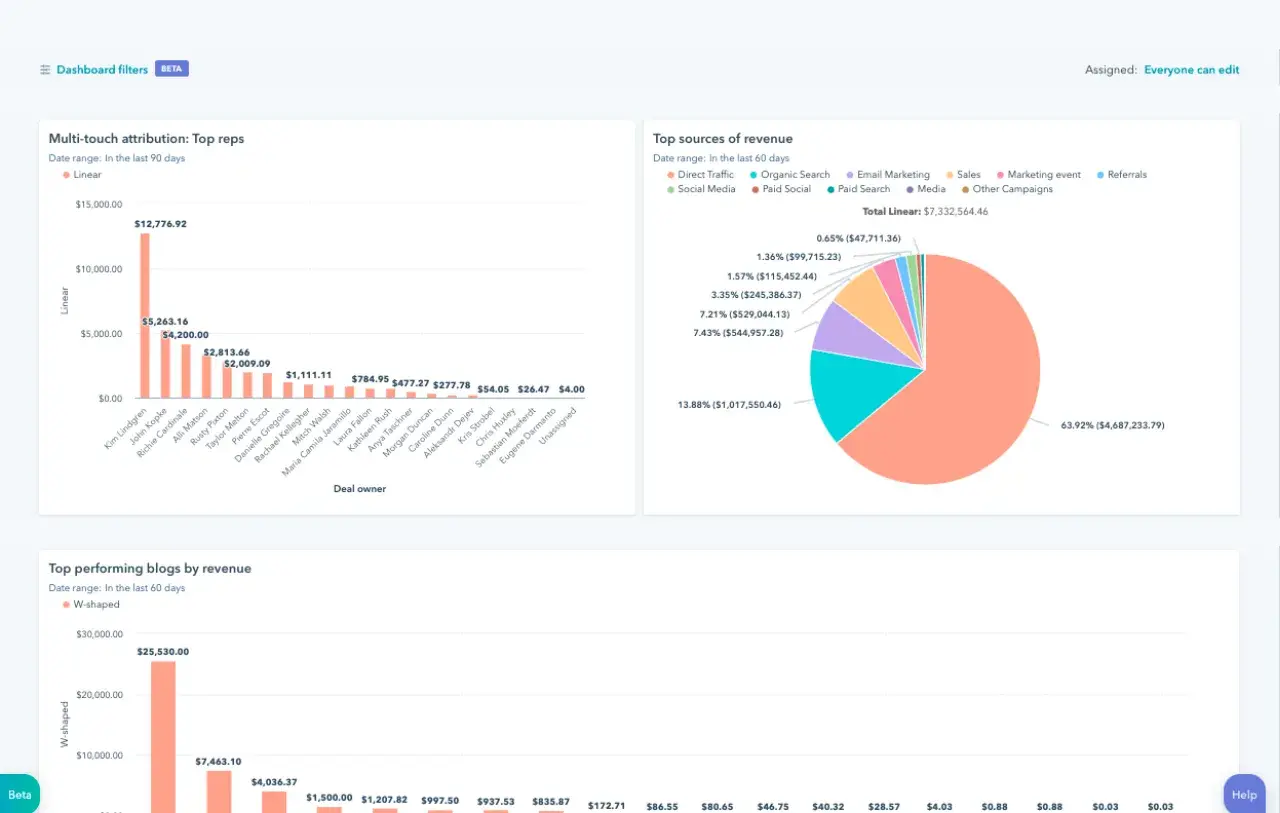
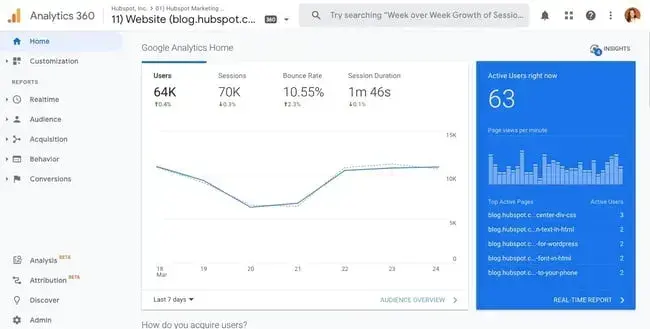
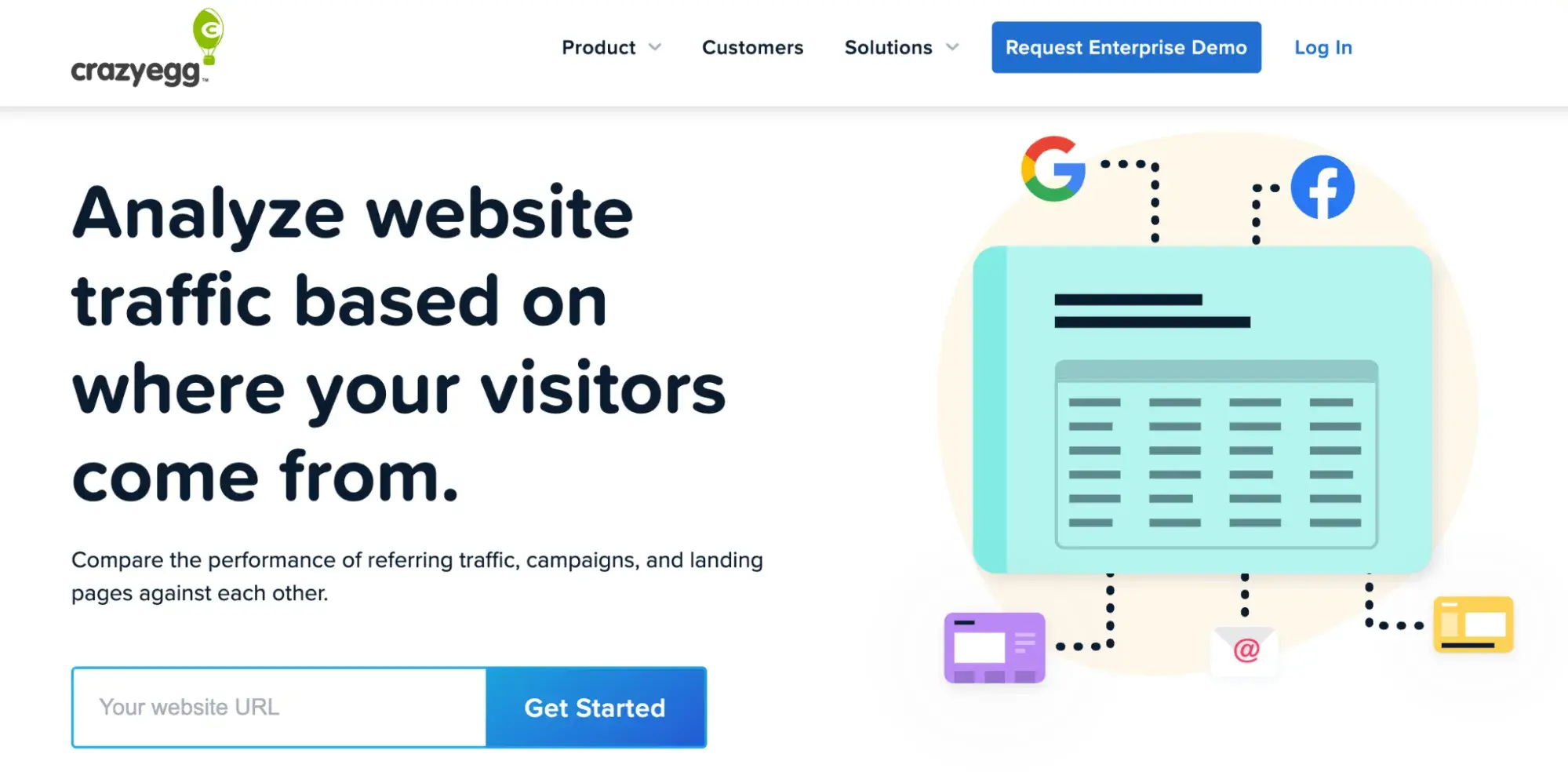

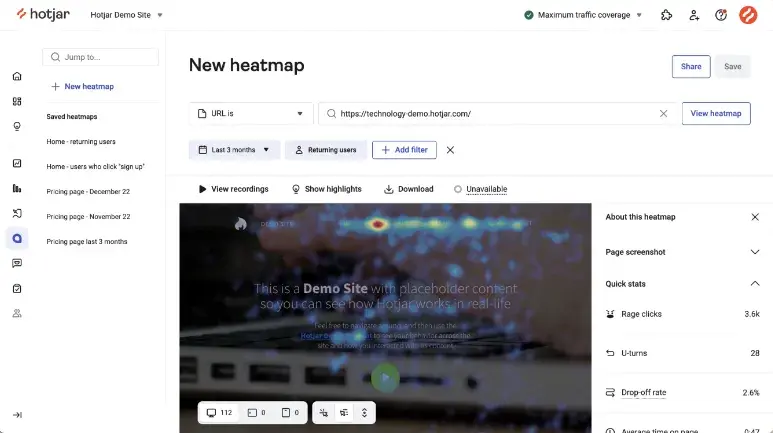
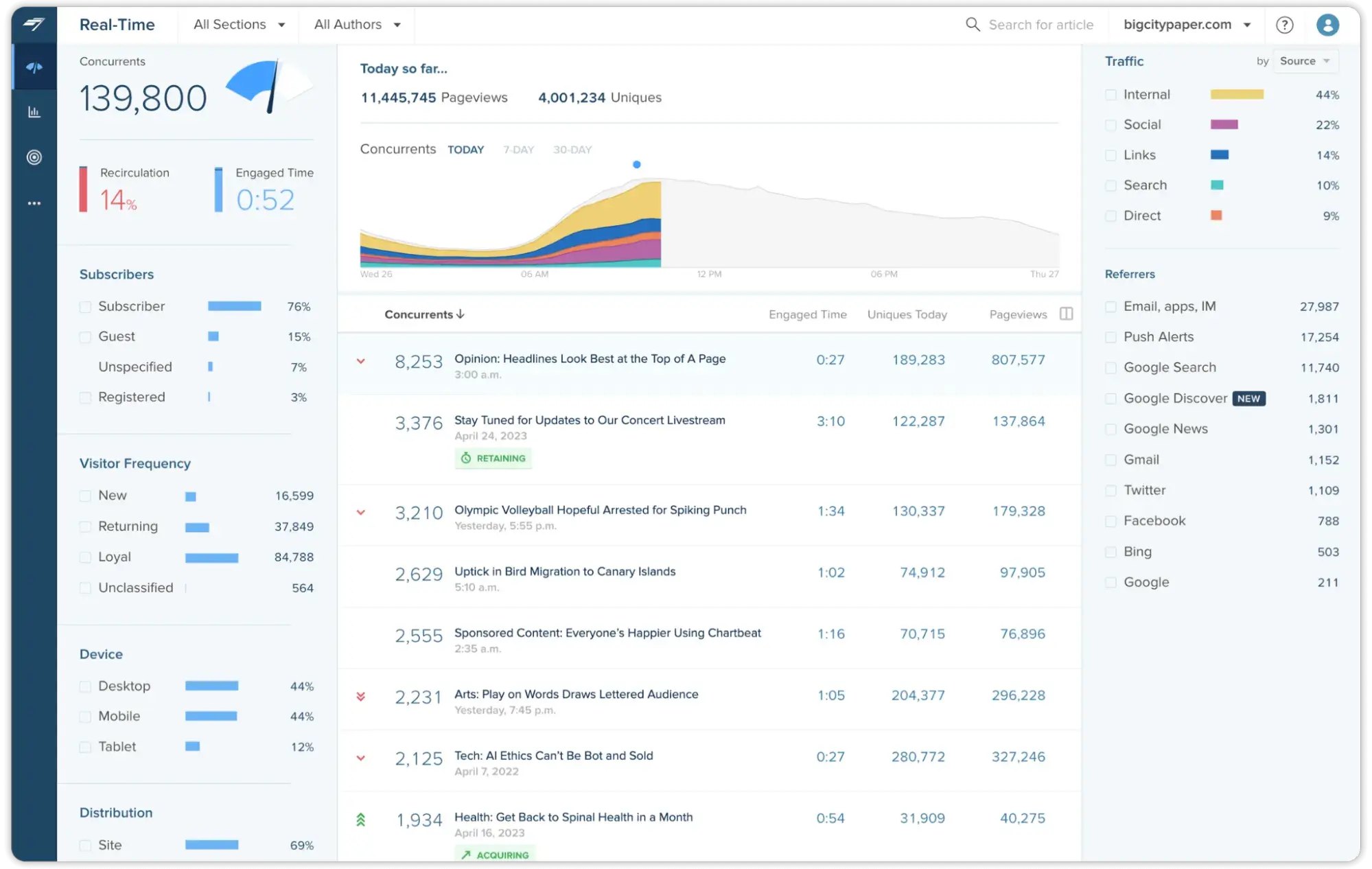
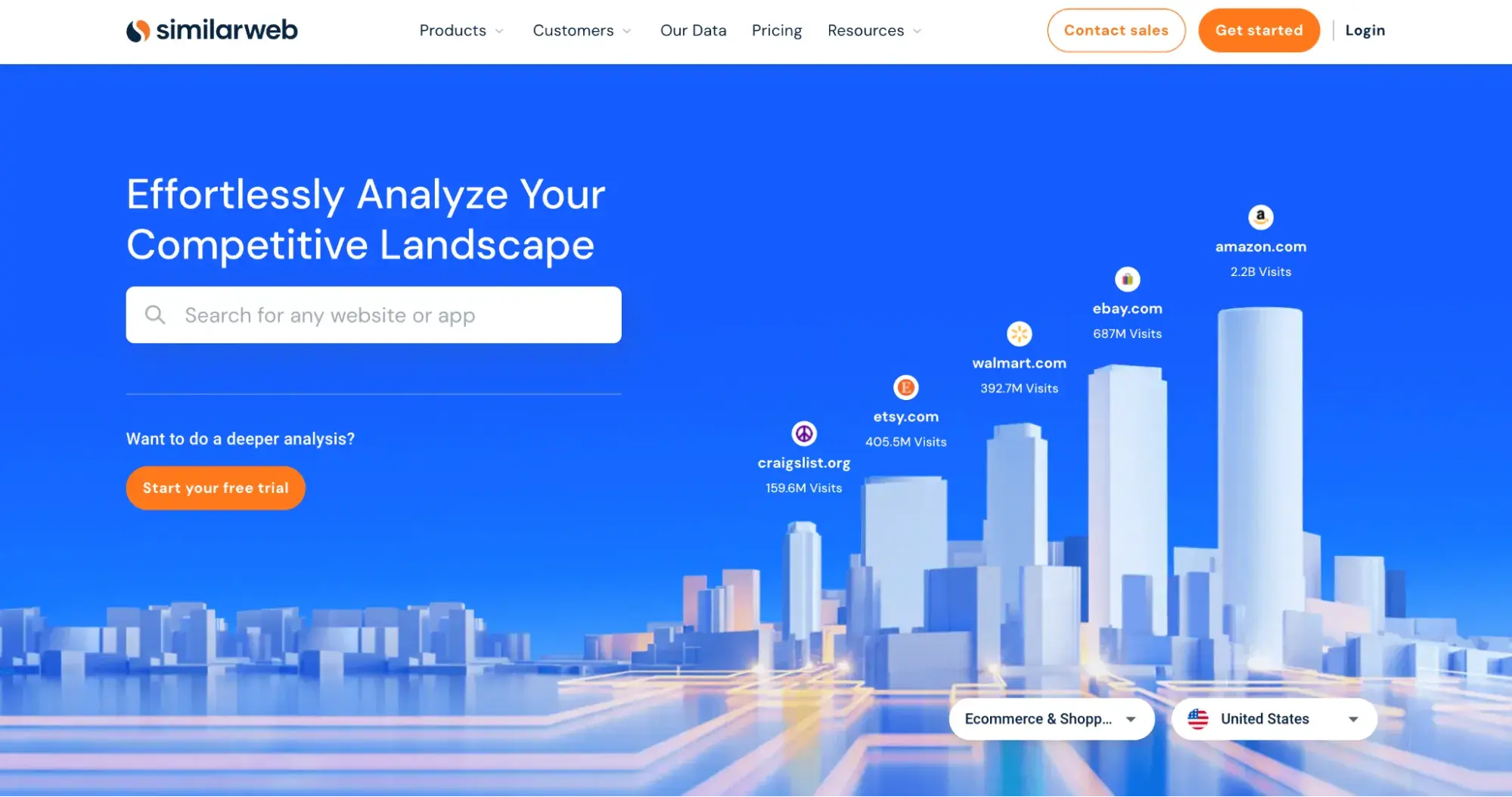

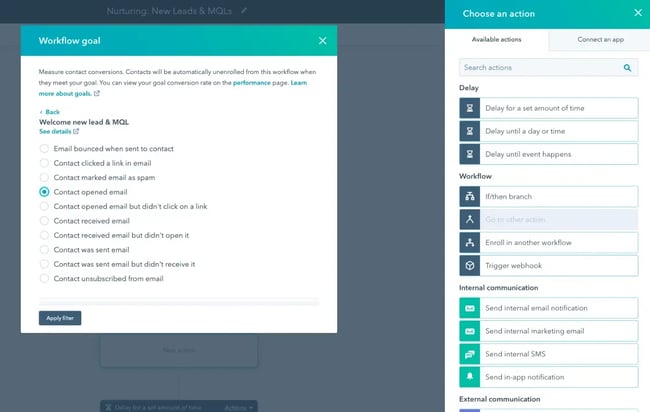
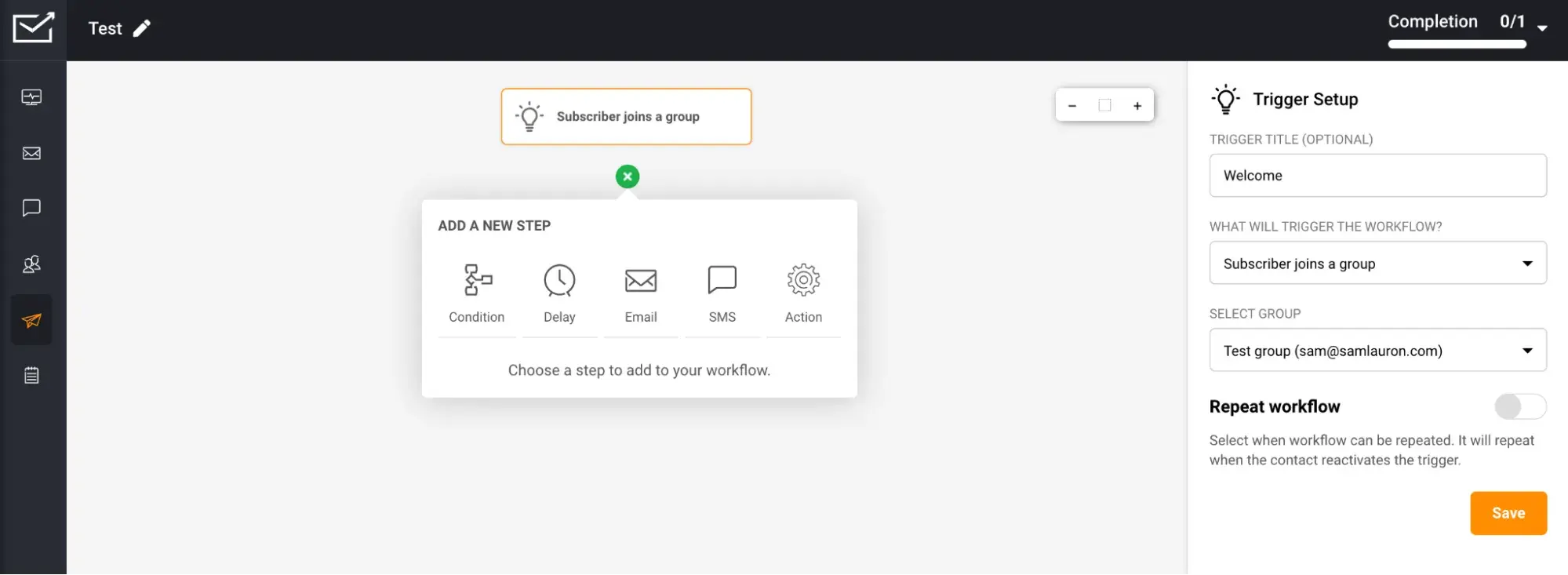
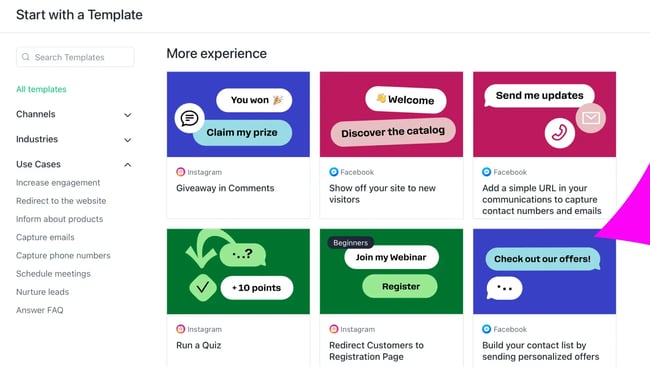
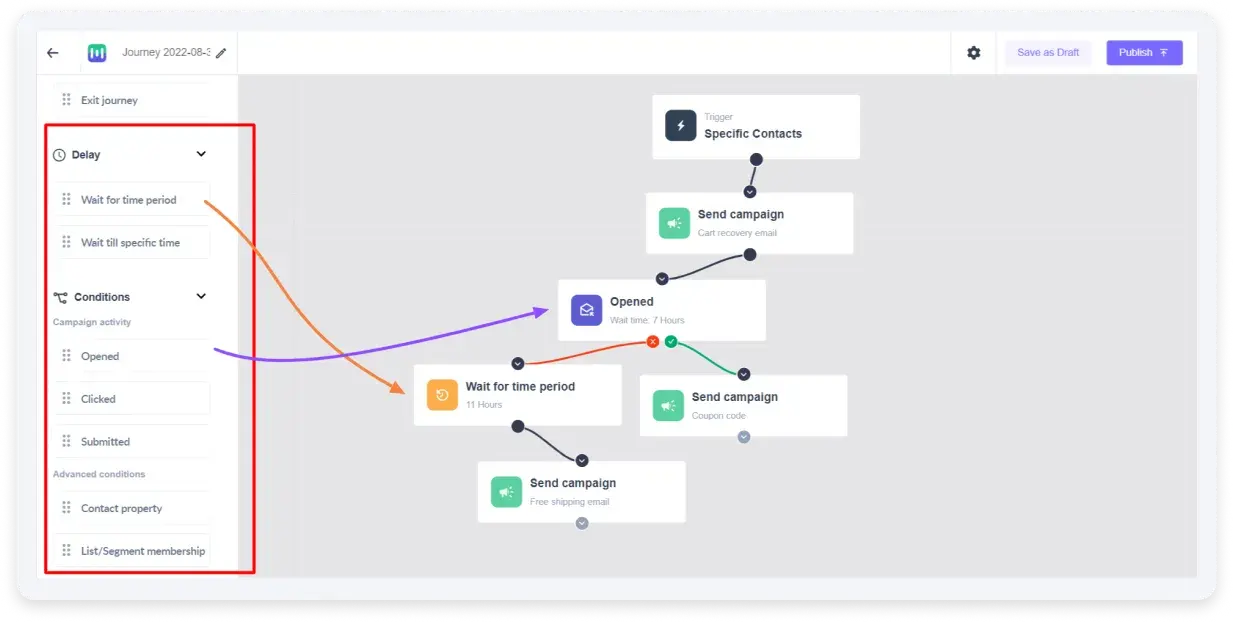
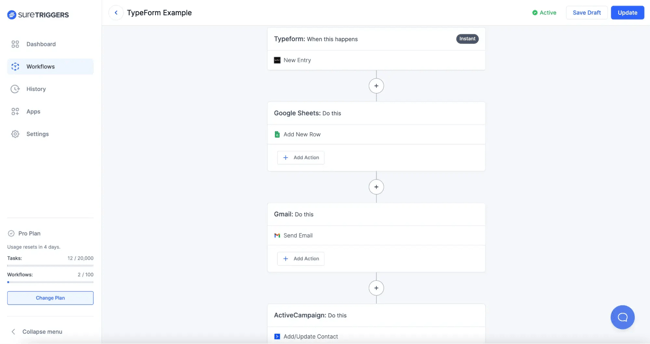
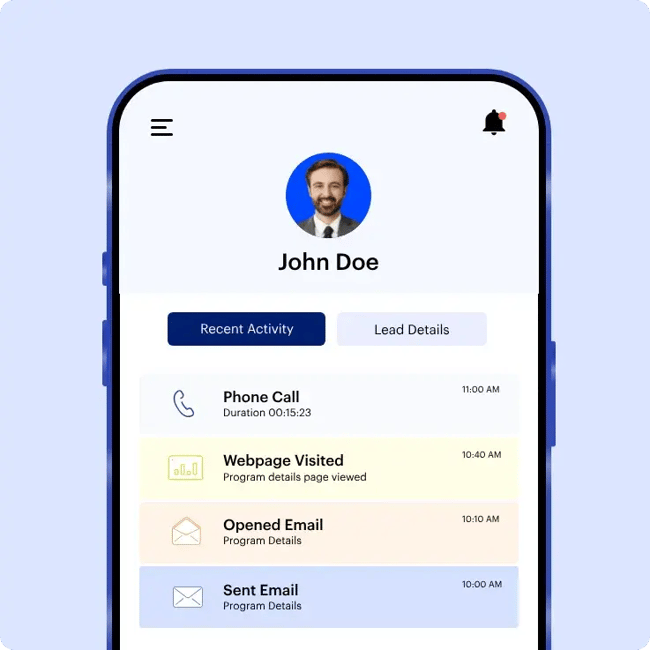
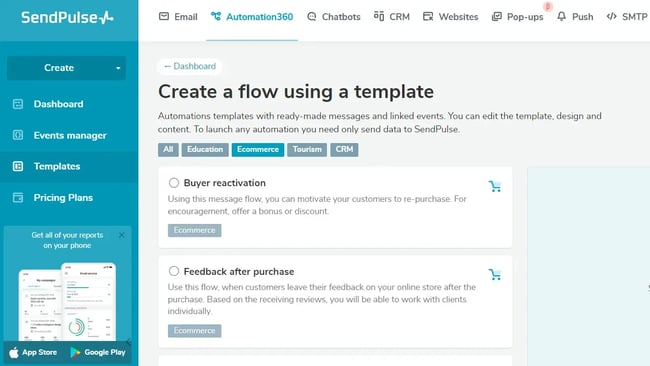
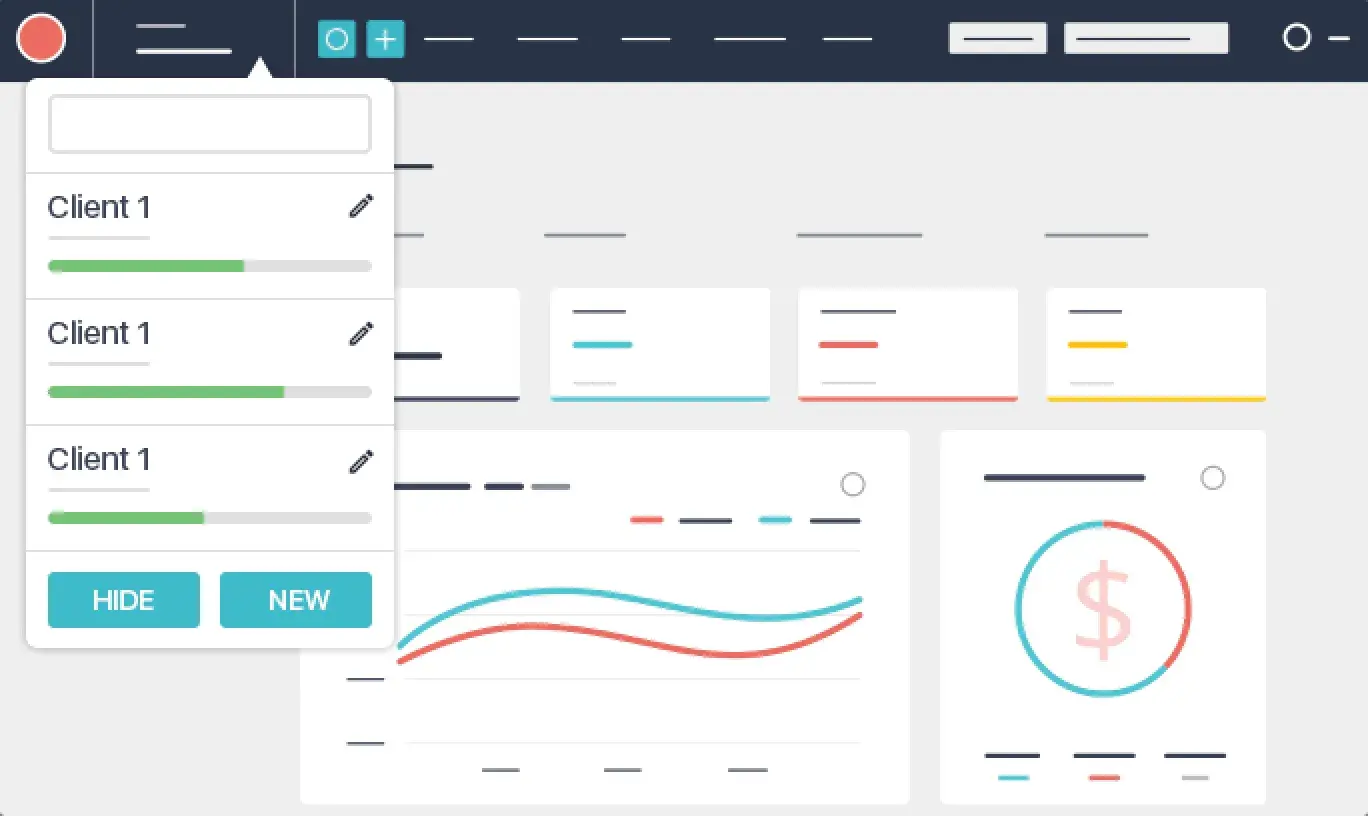
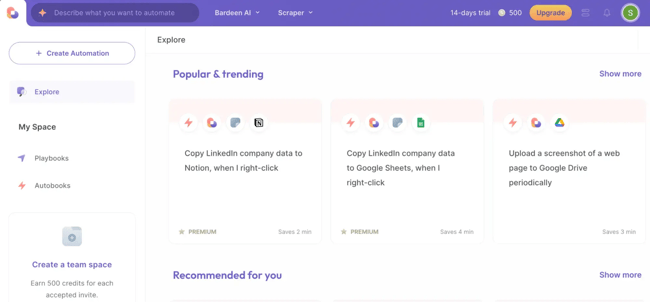
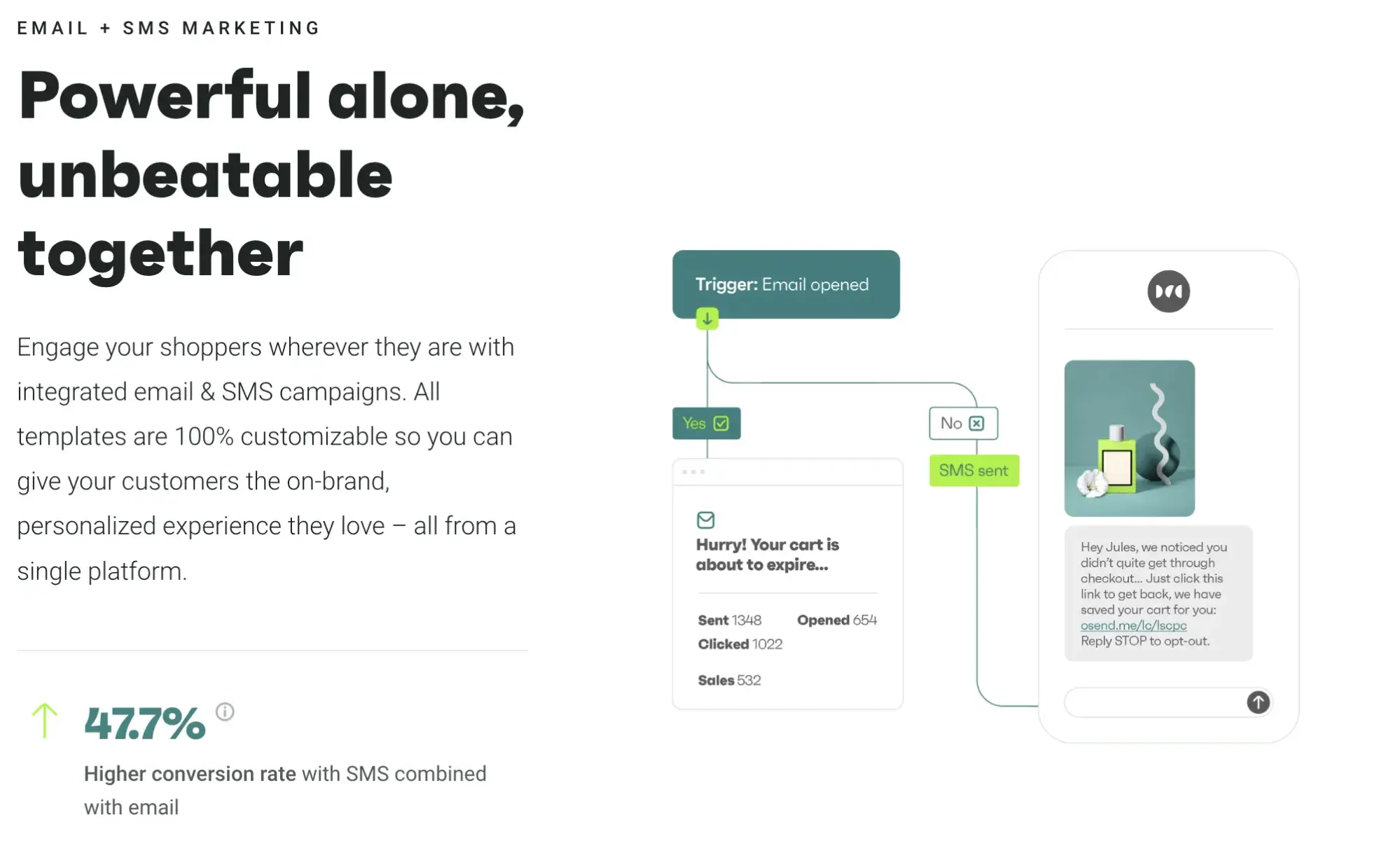
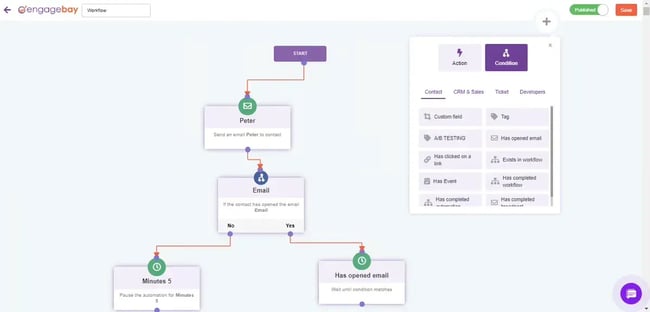
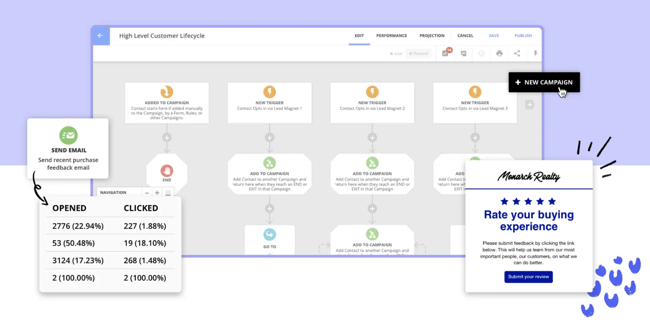
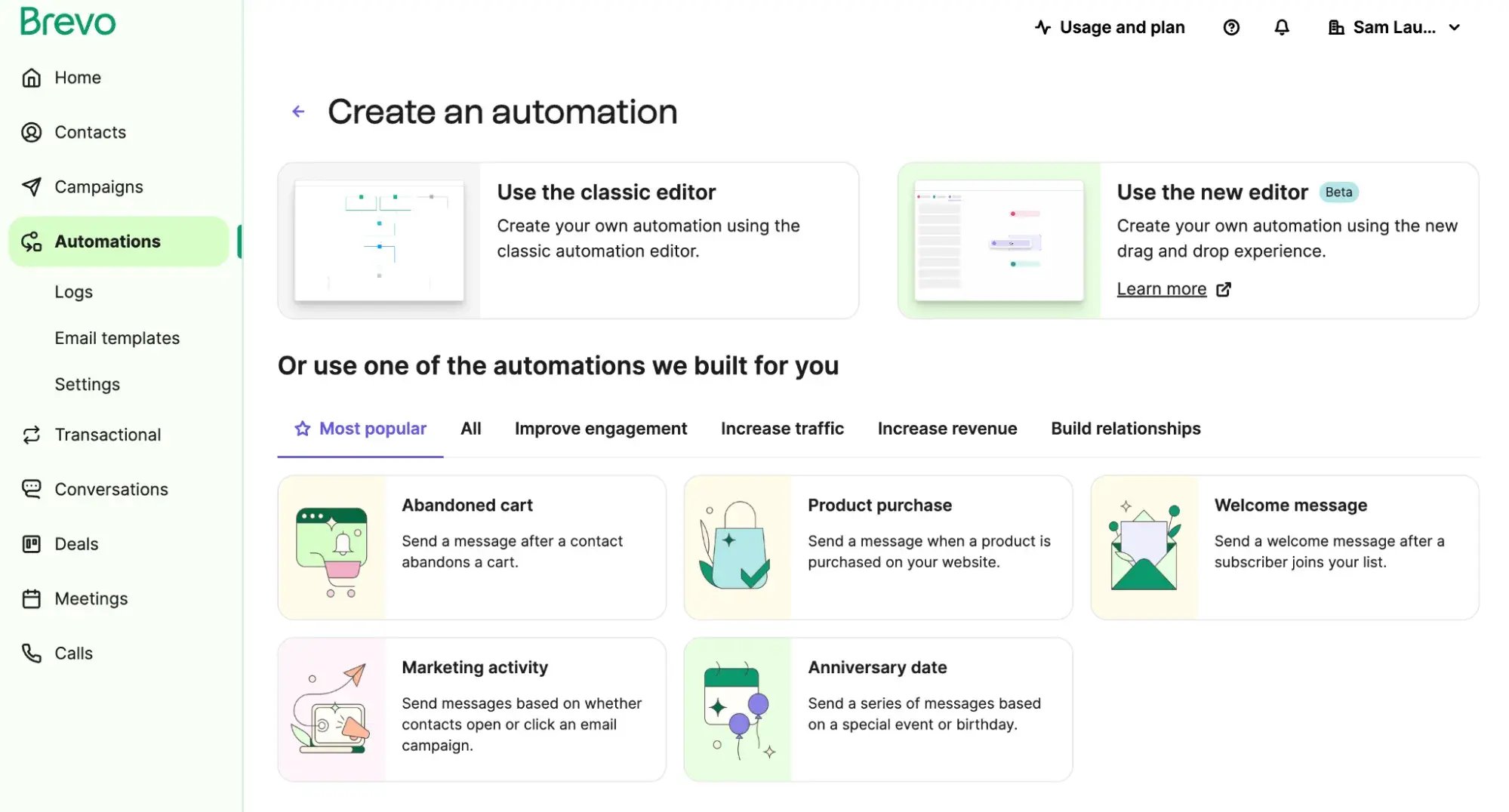
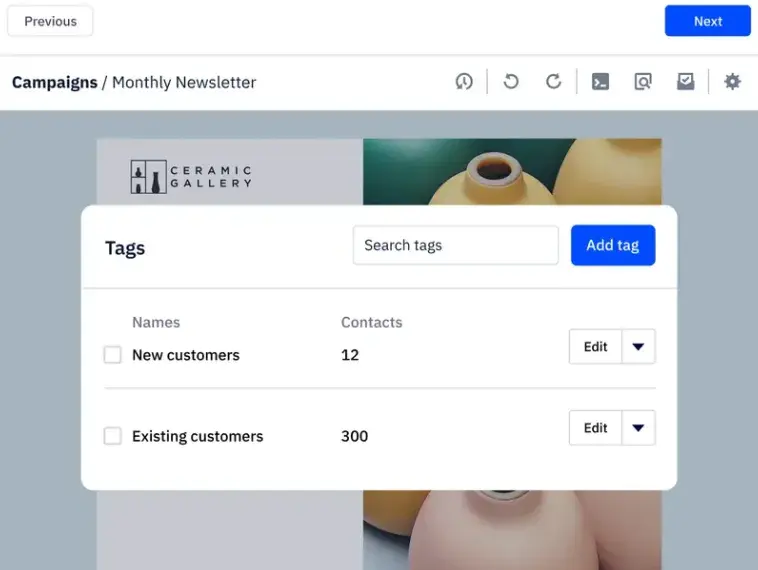
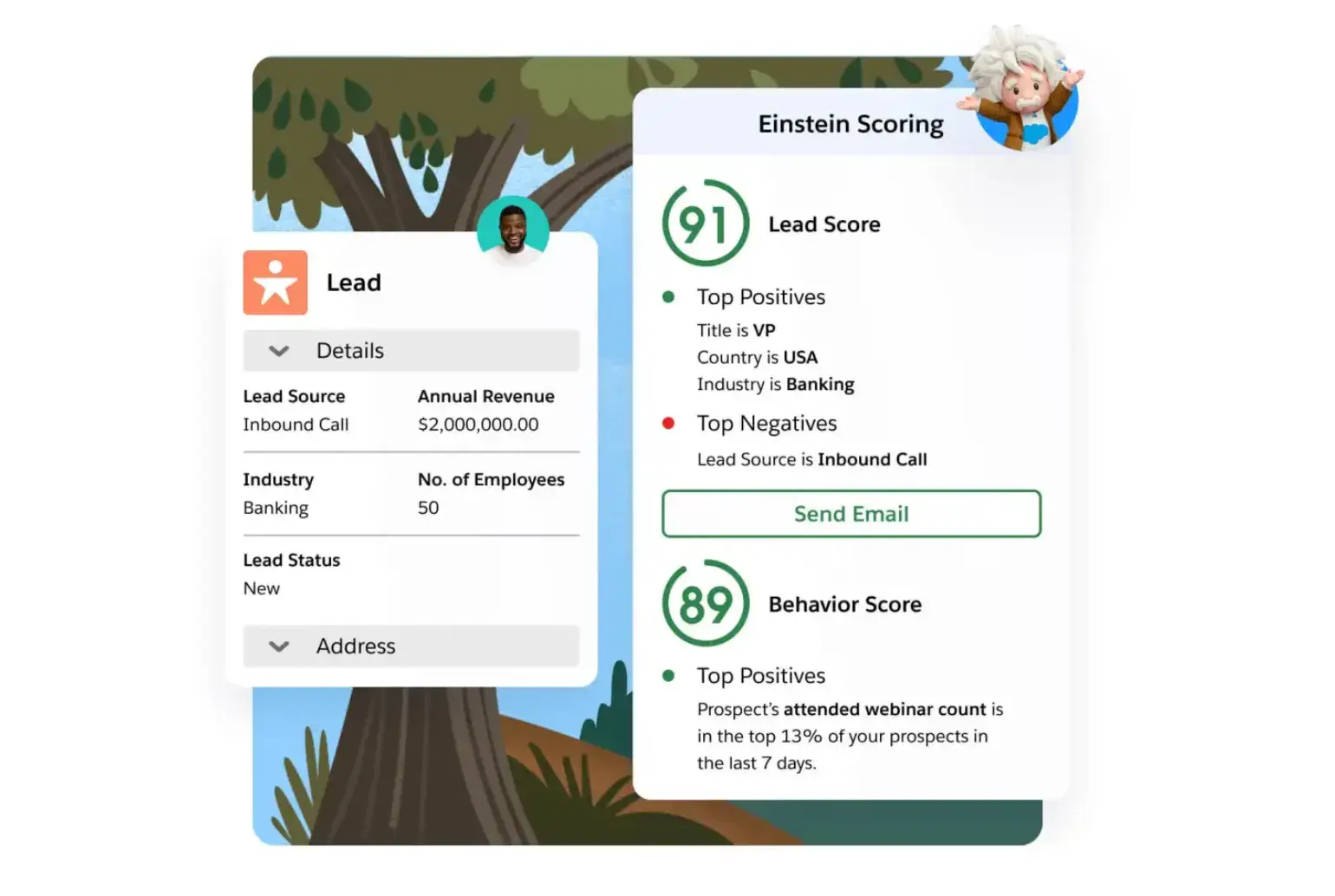
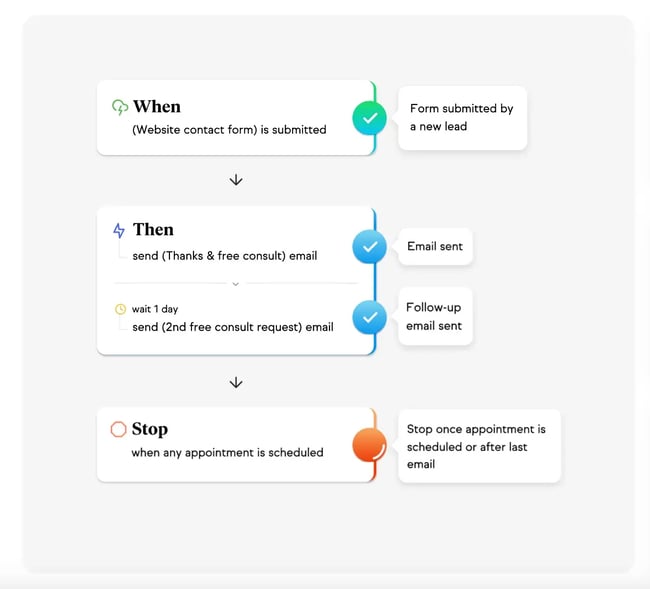
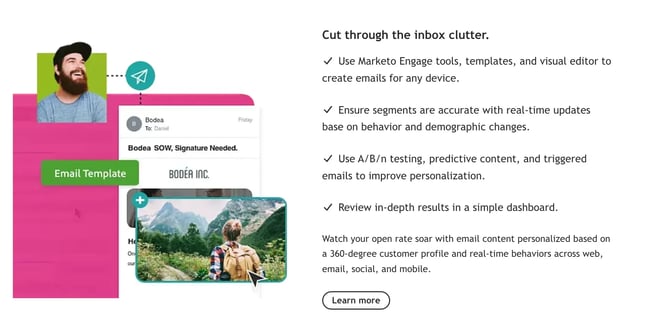

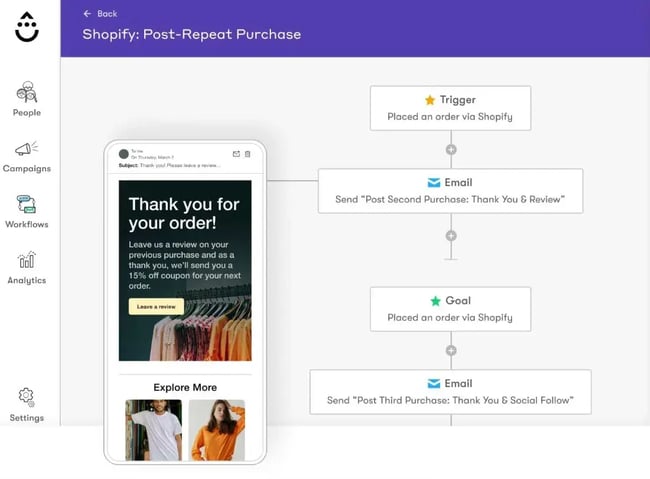
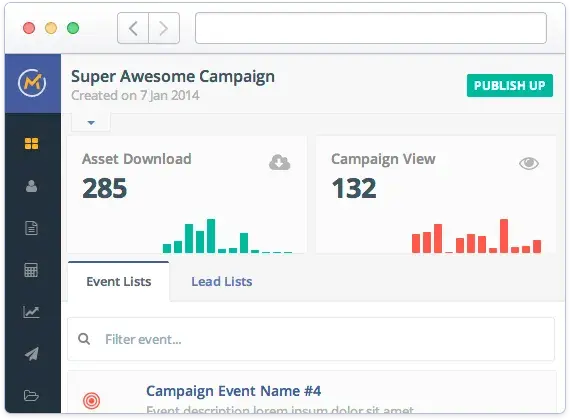
![→ Access Now: Video Marketing Starter Pack [Free Kit]](https://no-cache.hubspot.com/cta/default/53/8f27c677-d952-4663-8787-bf65c6a1ecf2.png)
![→ Click here to download our free guide to digital marketing fundamentals [Download Now].](https://no-cache.hubspot.com/cta/default/53/0a42501f-0096-4817-9fbc-923540fe37a6.png)

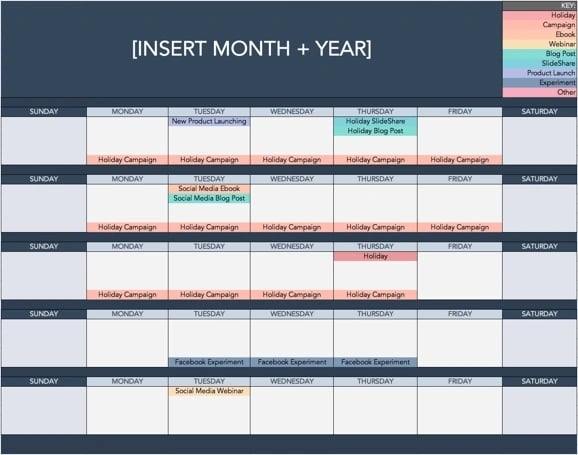












![Download Now: The Annual State of Artificial Intelligence in 2024 [Free Report]](https://no-cache.hubspot.com/cta/default/53/b72f2b25-8cc9-4642-9a1b-1e675d3d273b.png)
![“When I think of AI Overviews, I think about complex questions. I think about perspectives. I think about [finding] the best content on the web.”—Hema Budaraju, Senior Director of Product, AI Overviews, Google](https://softwarestack.tech/wp-content/uploads/2024/08/Google-AI-search-2-20240709-4683227.webp)

